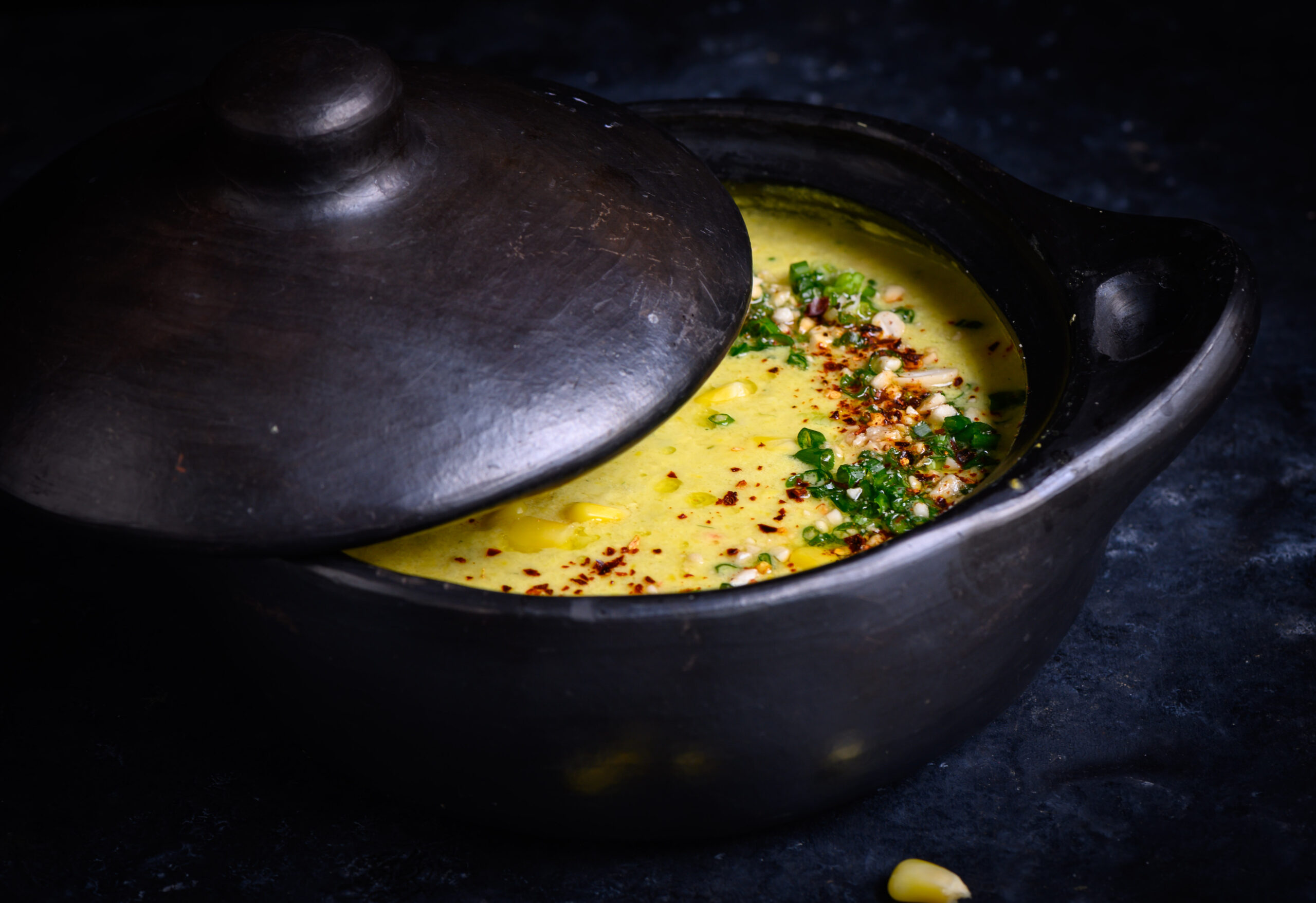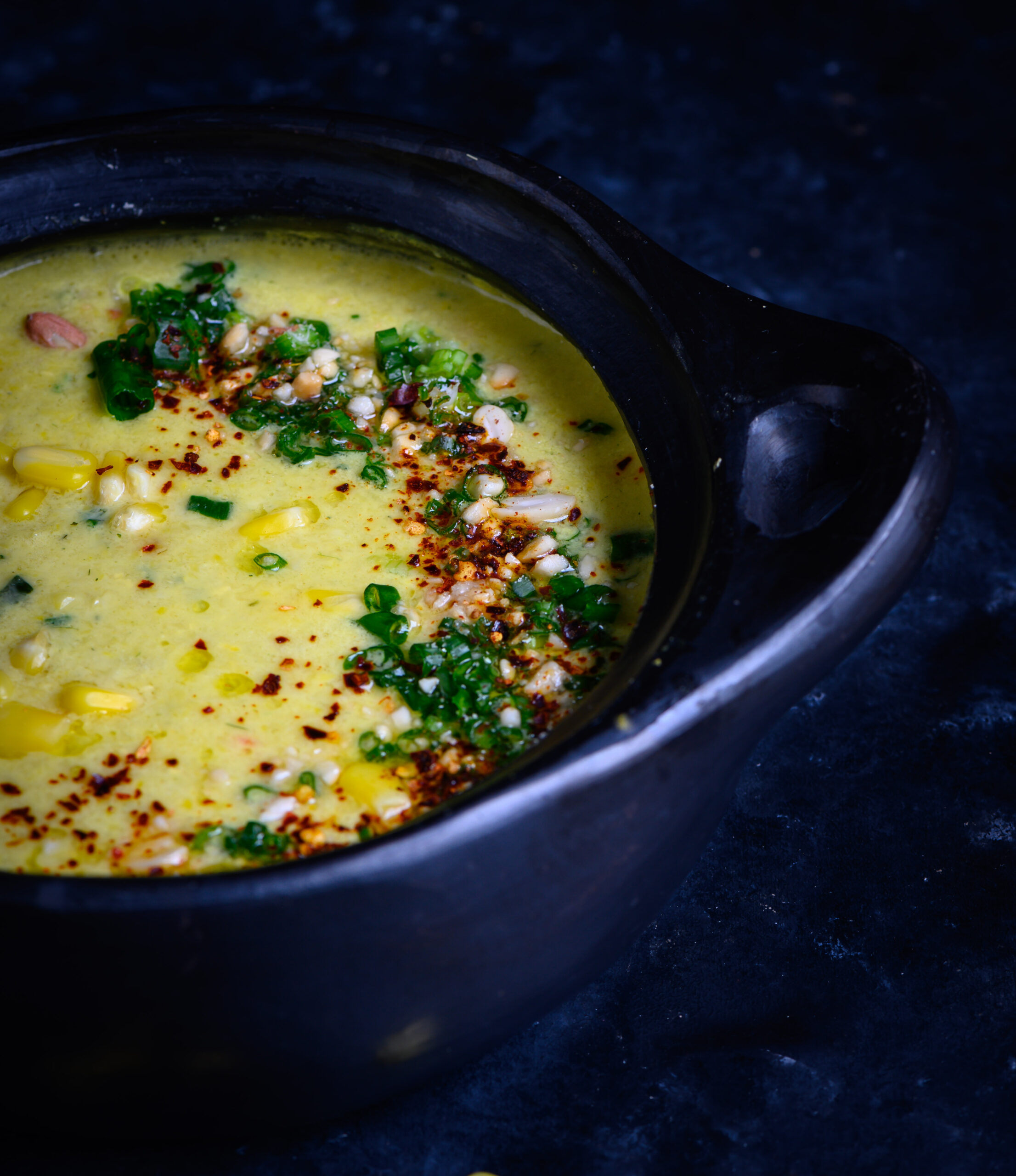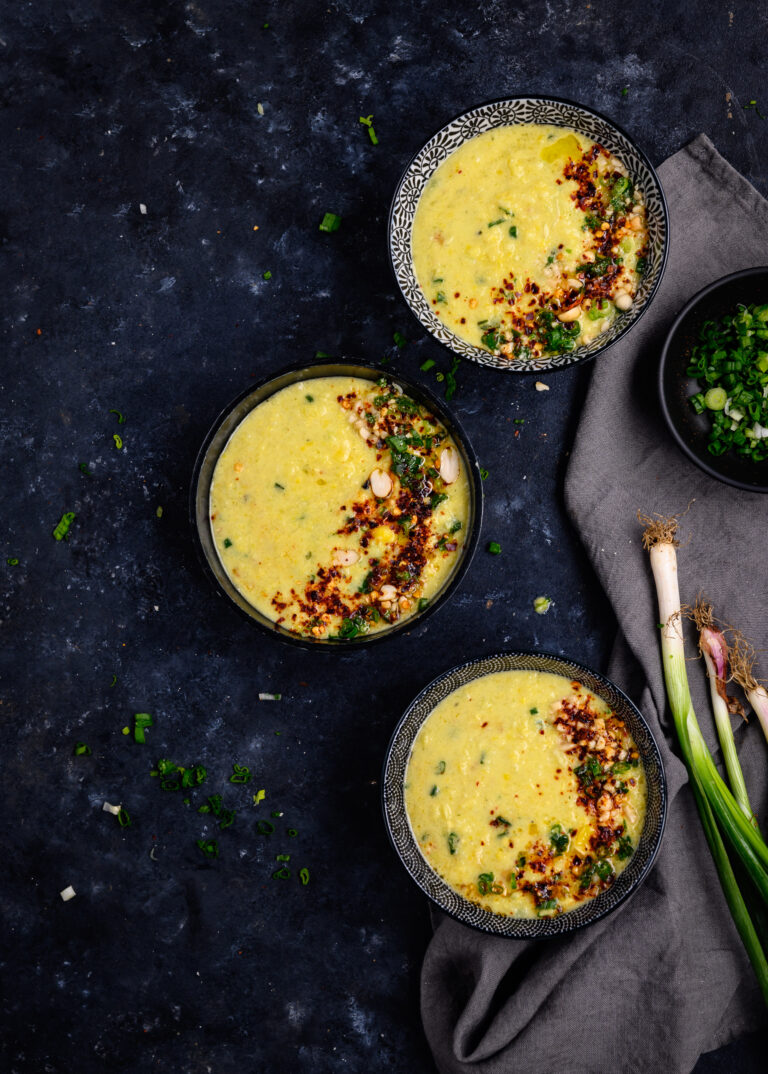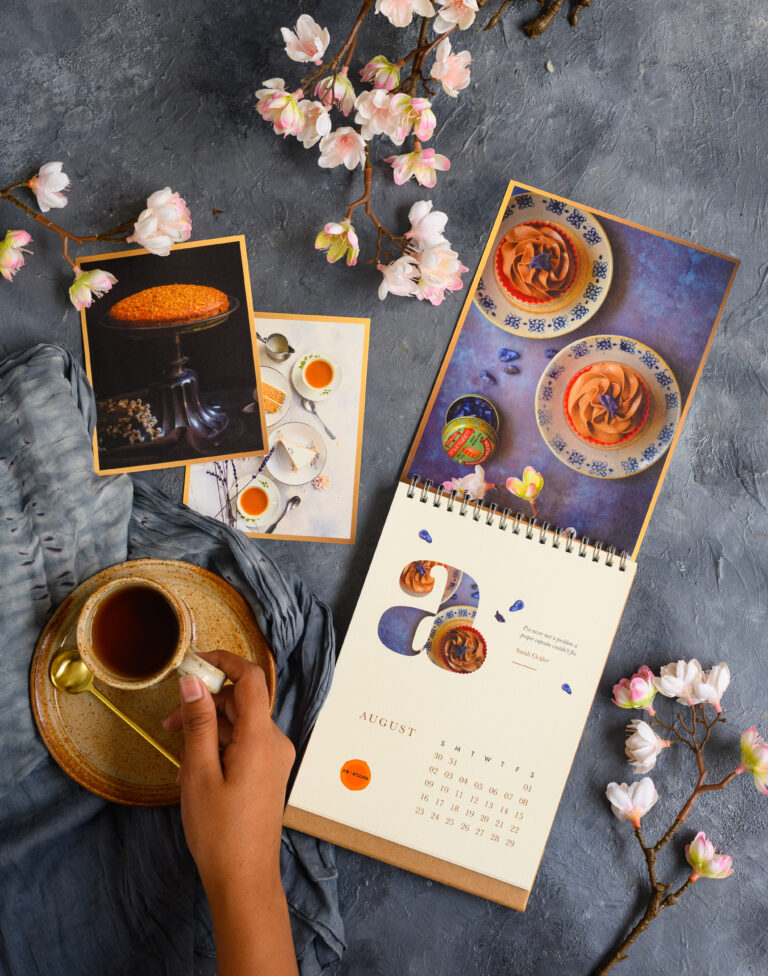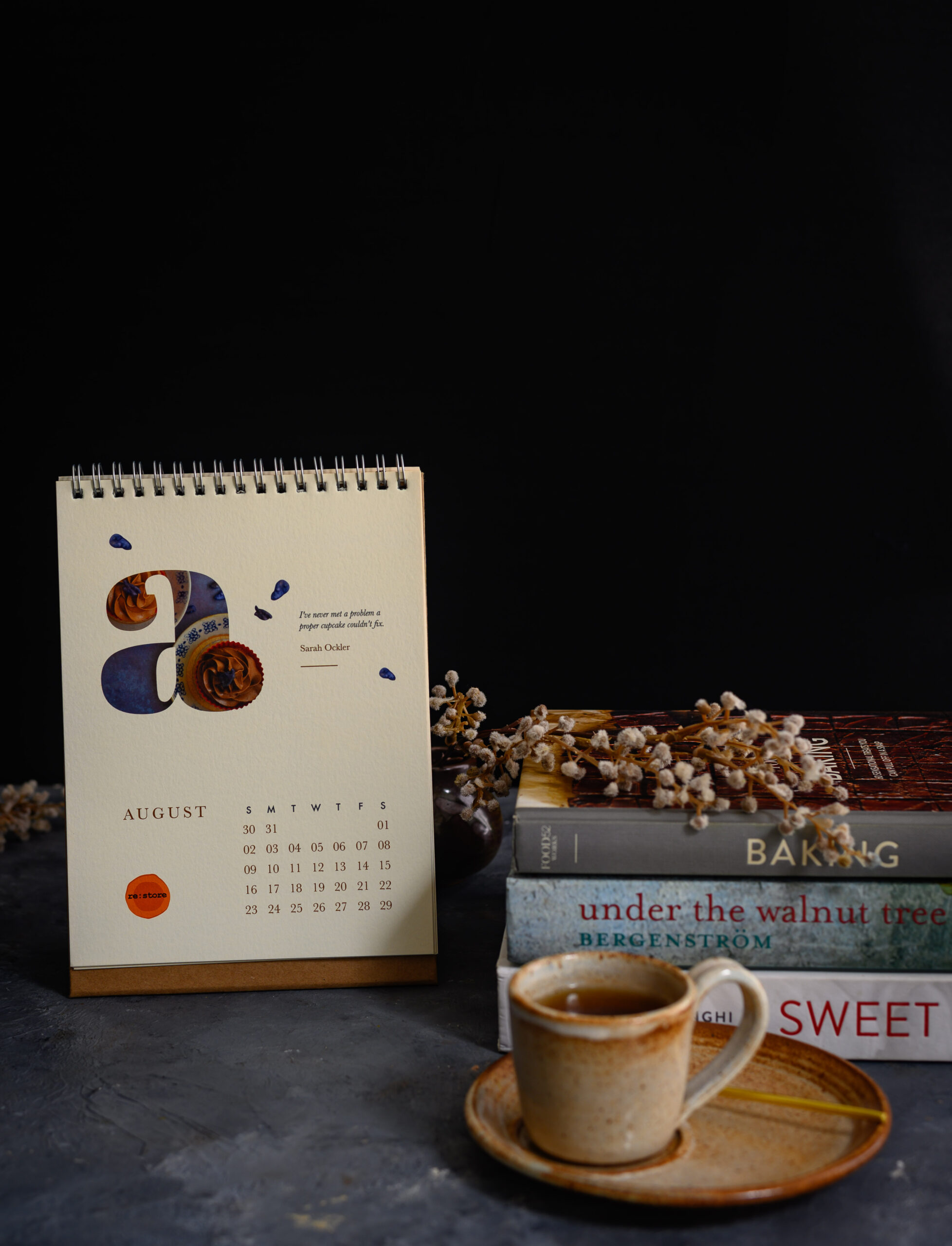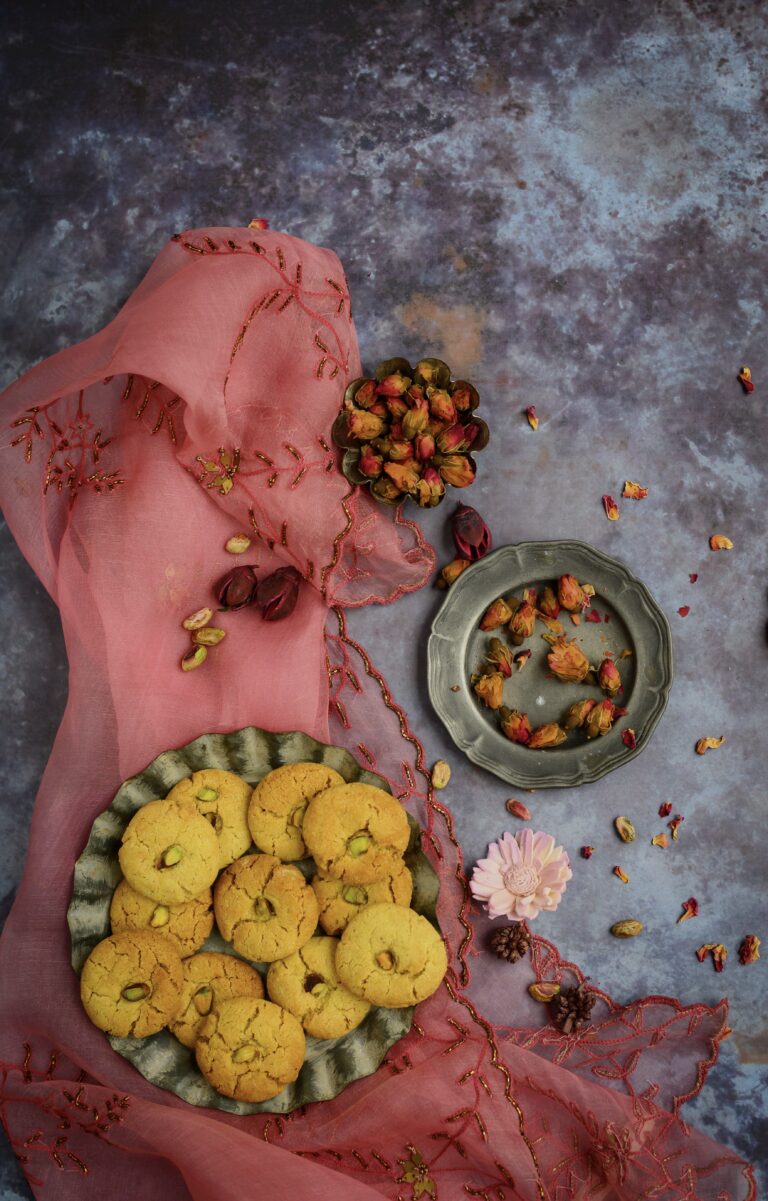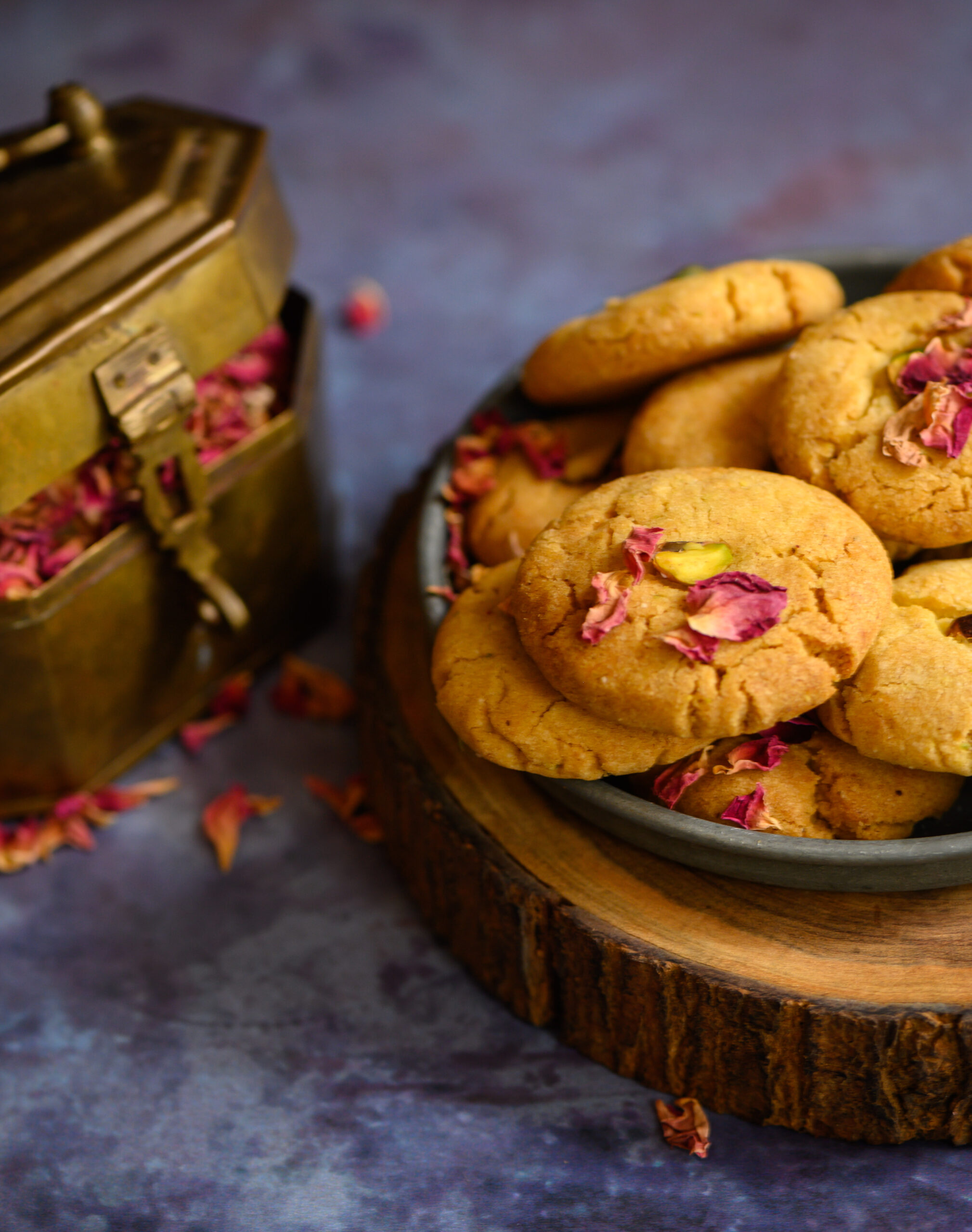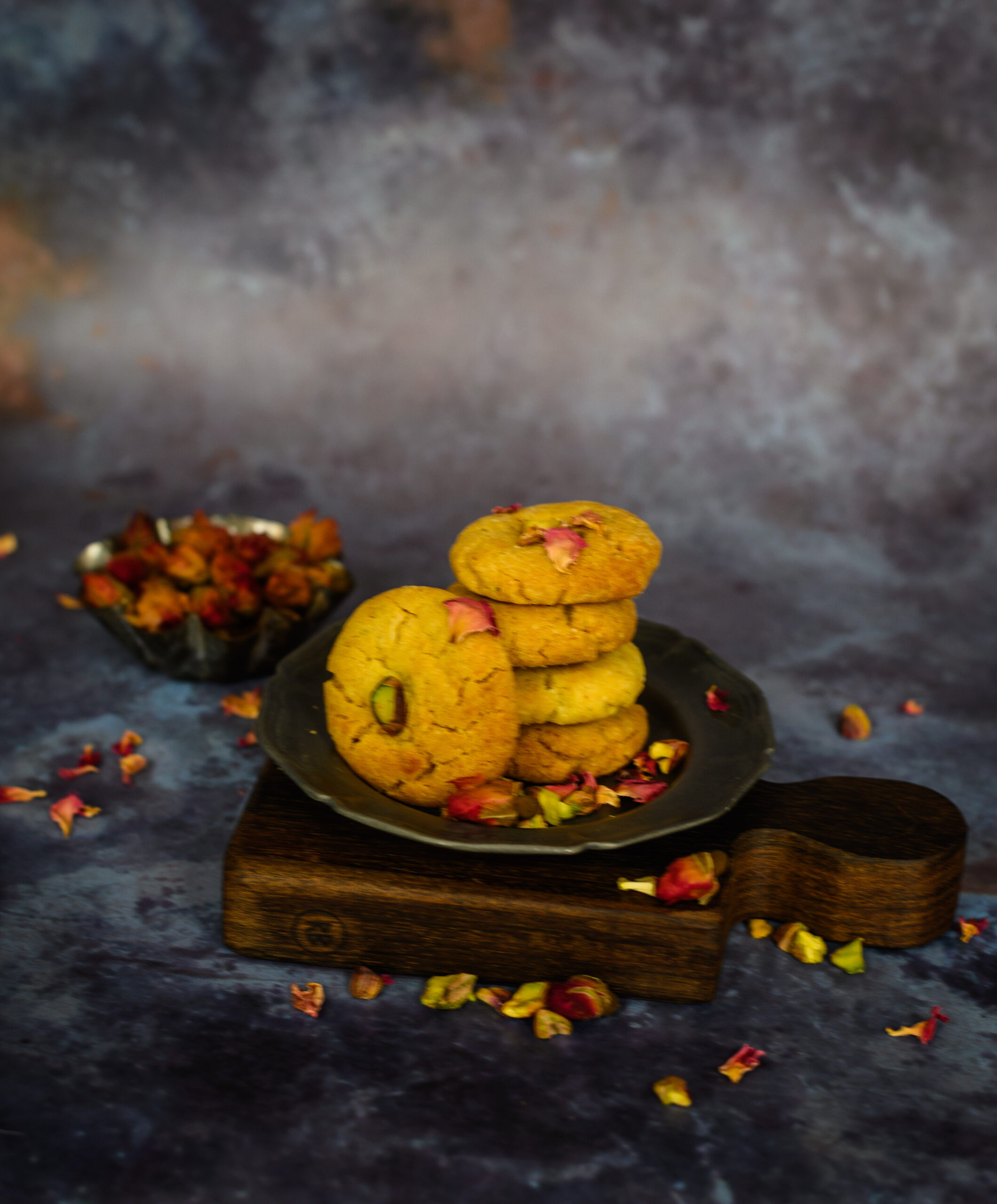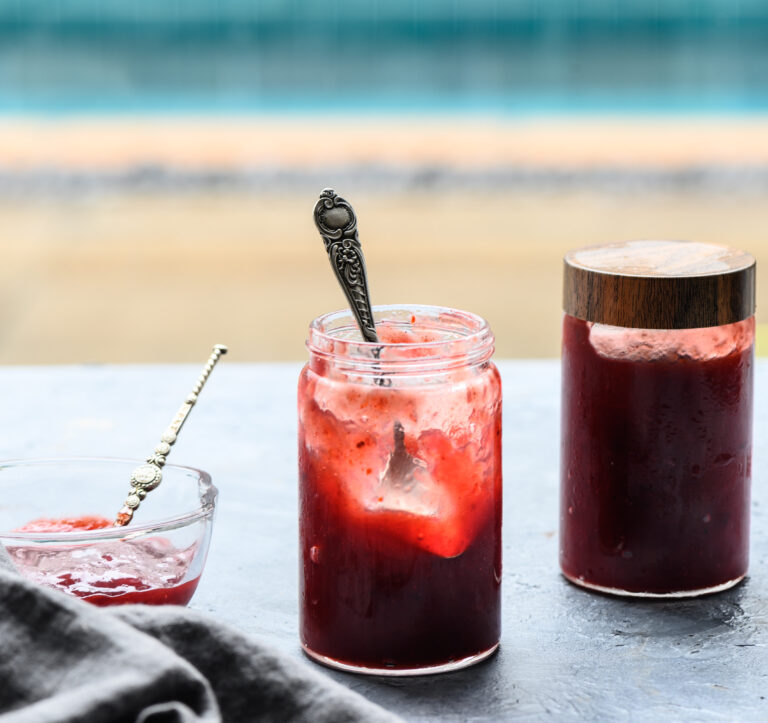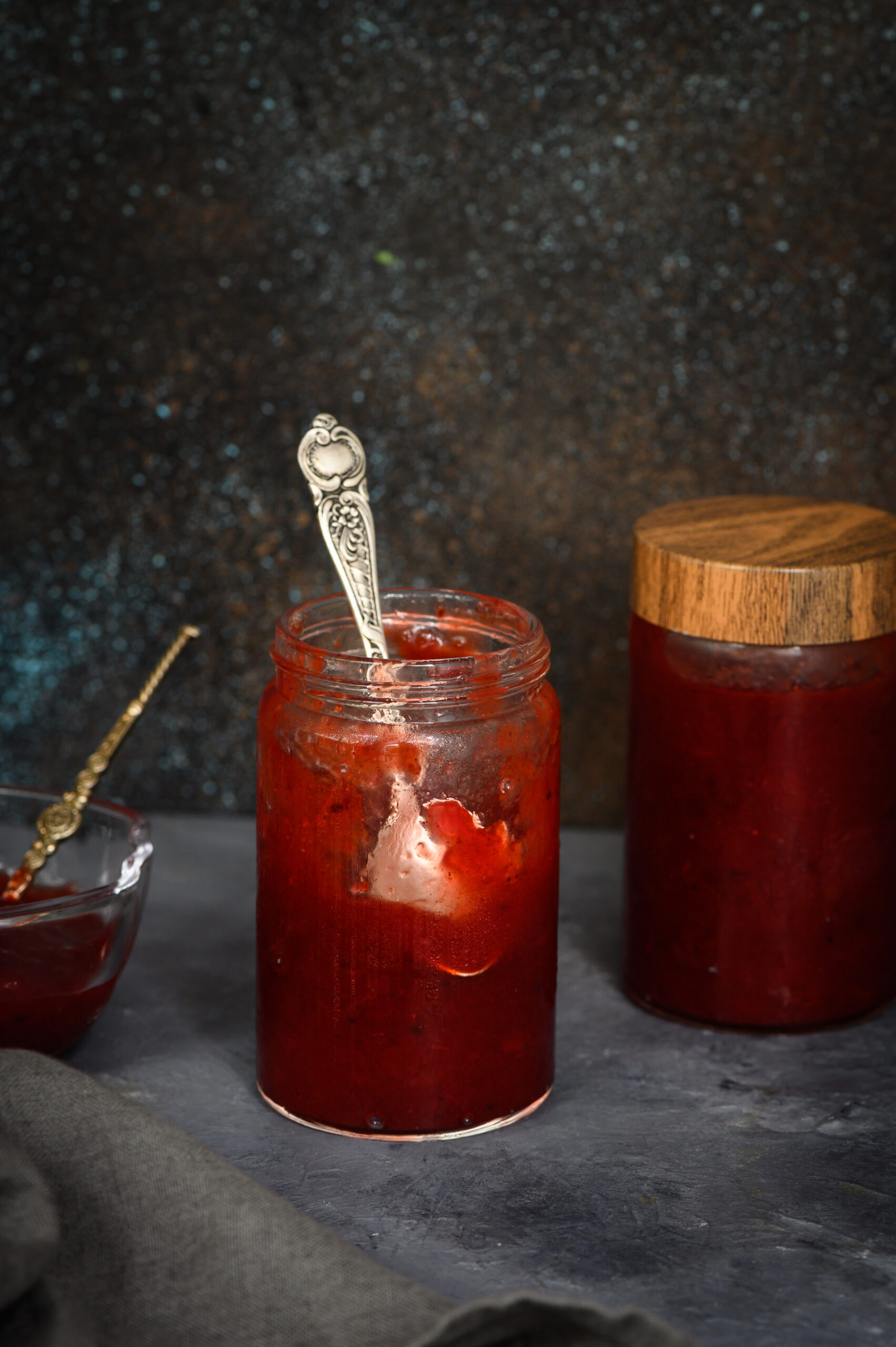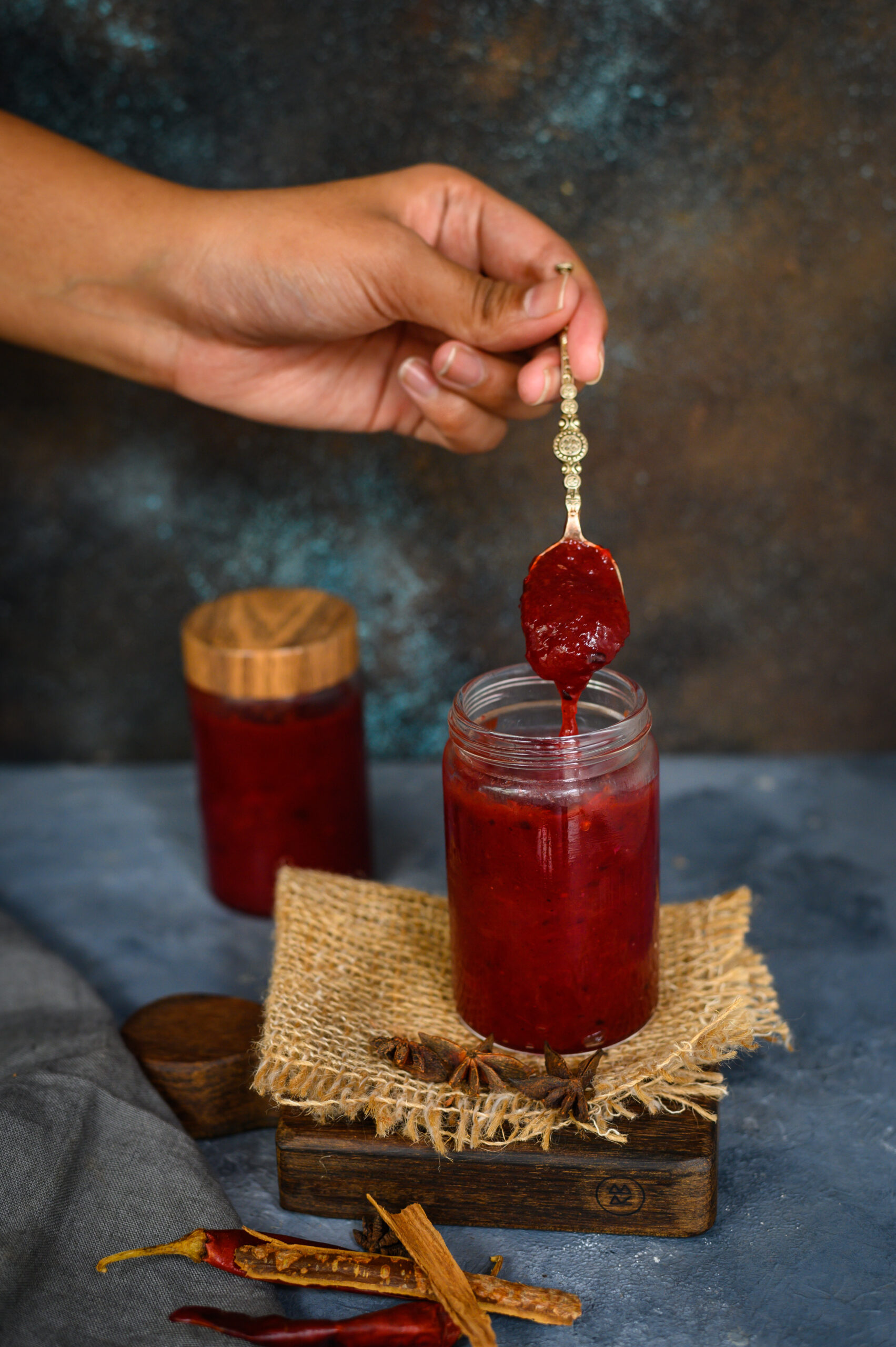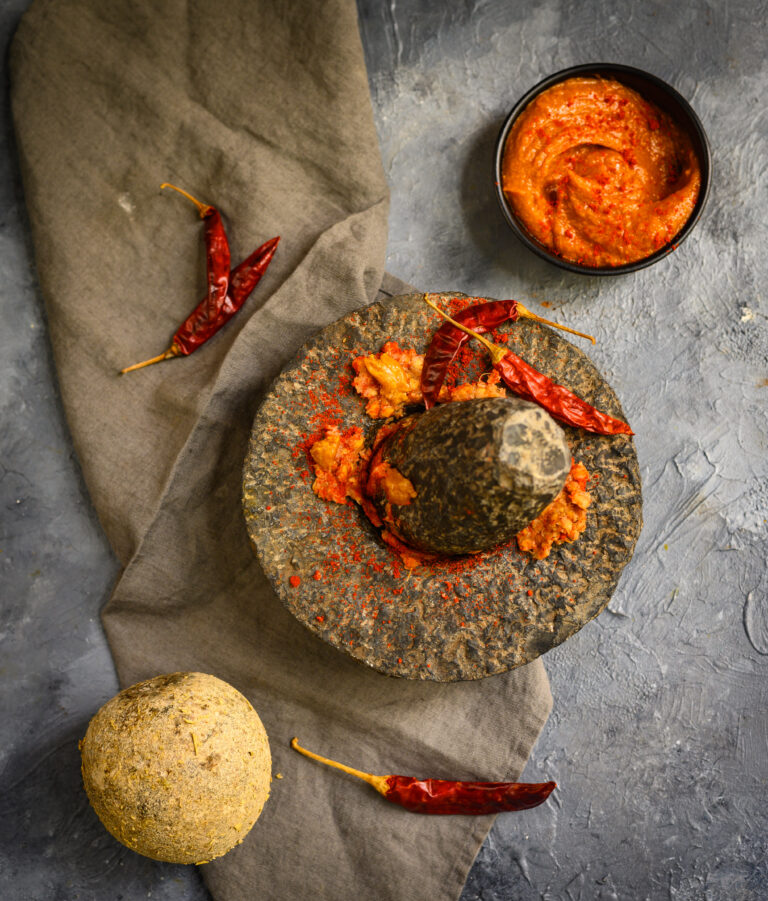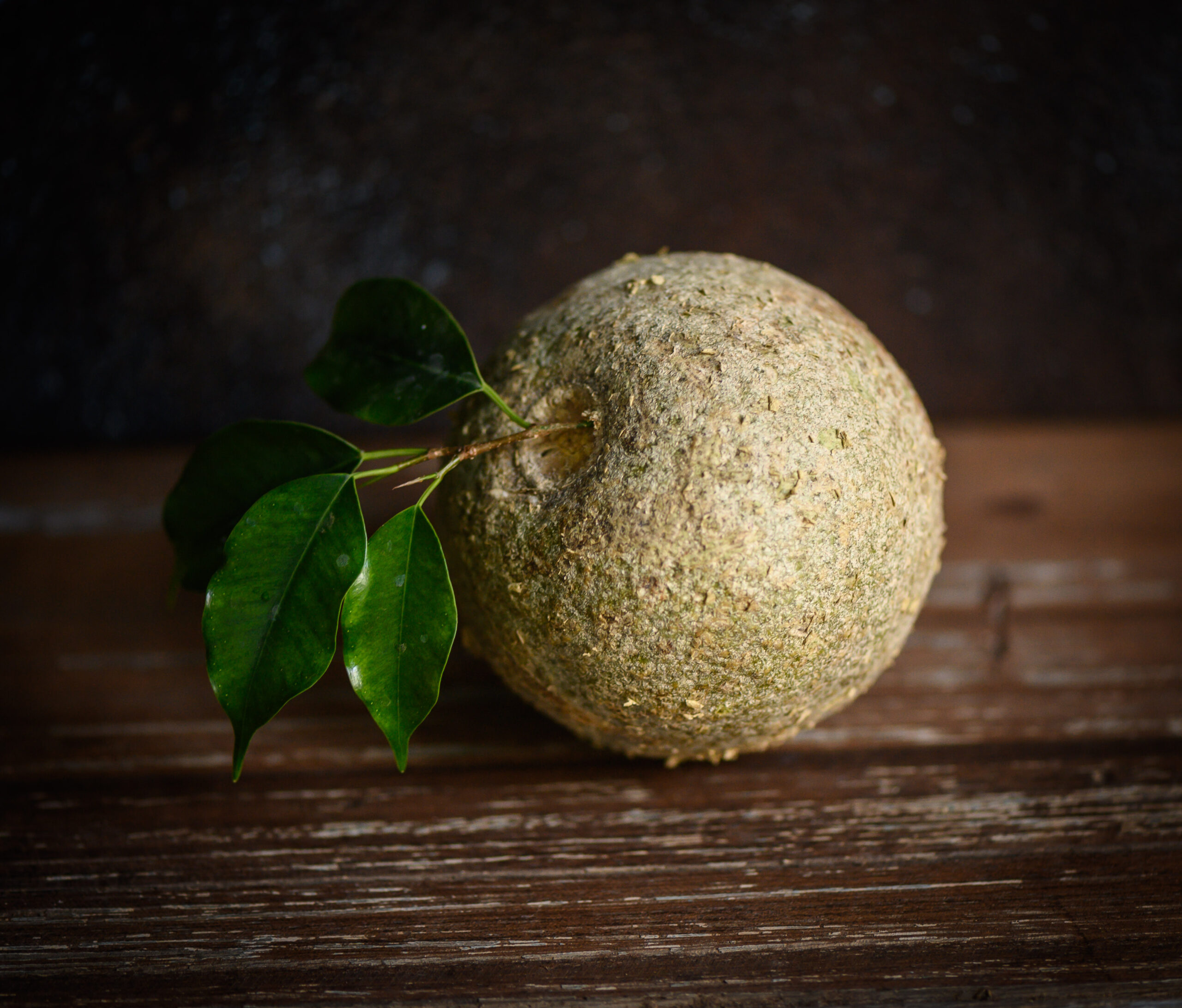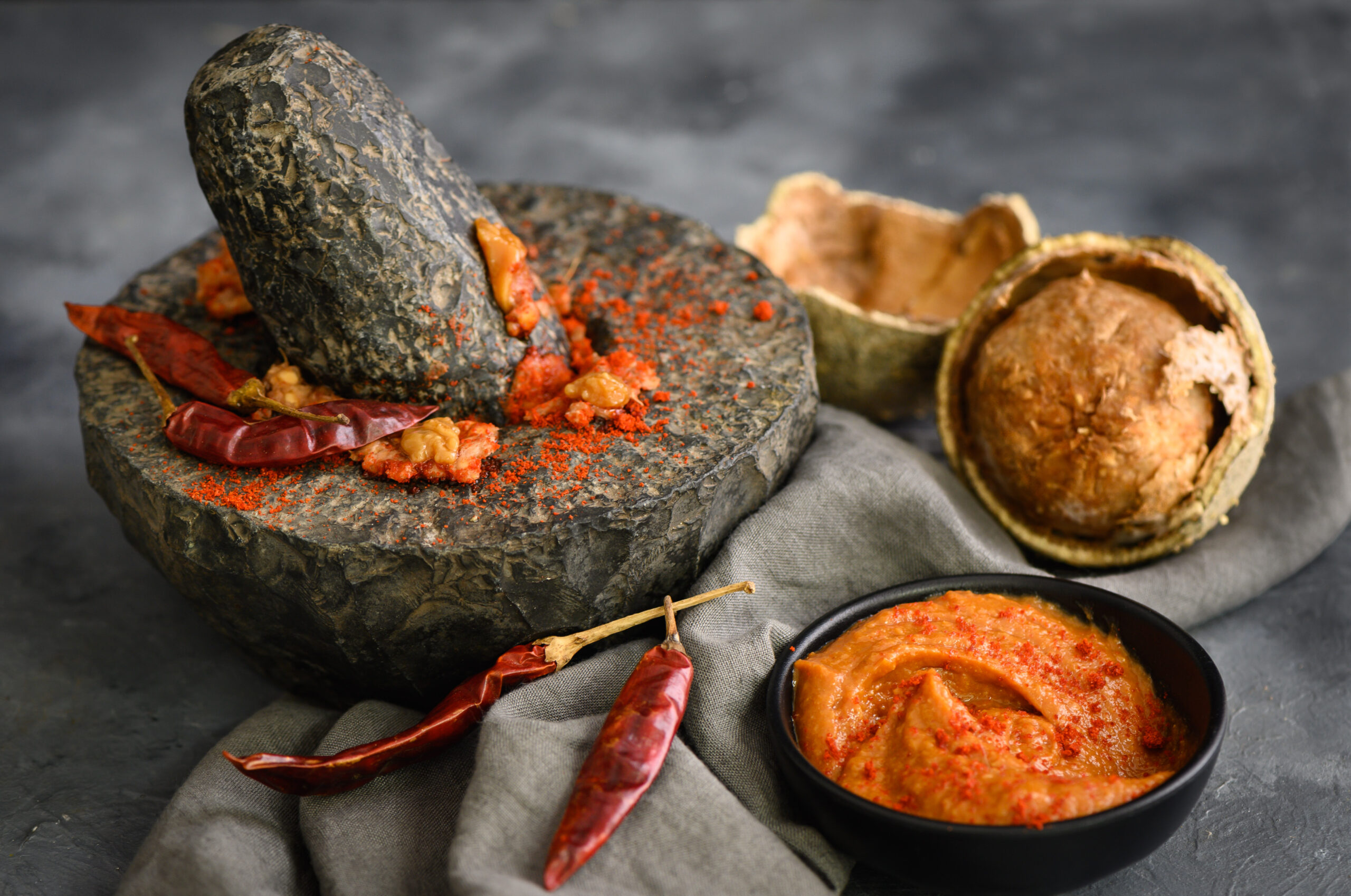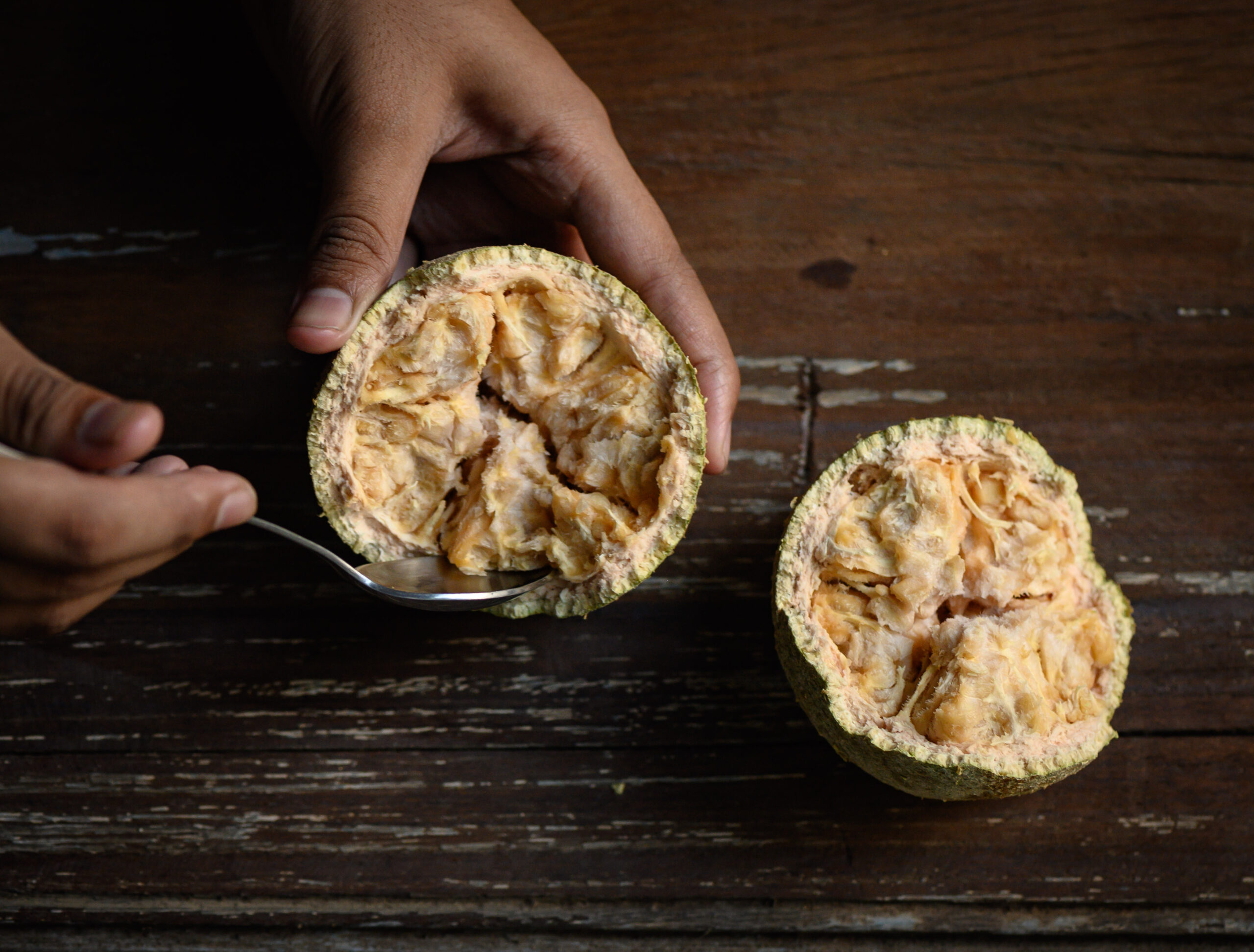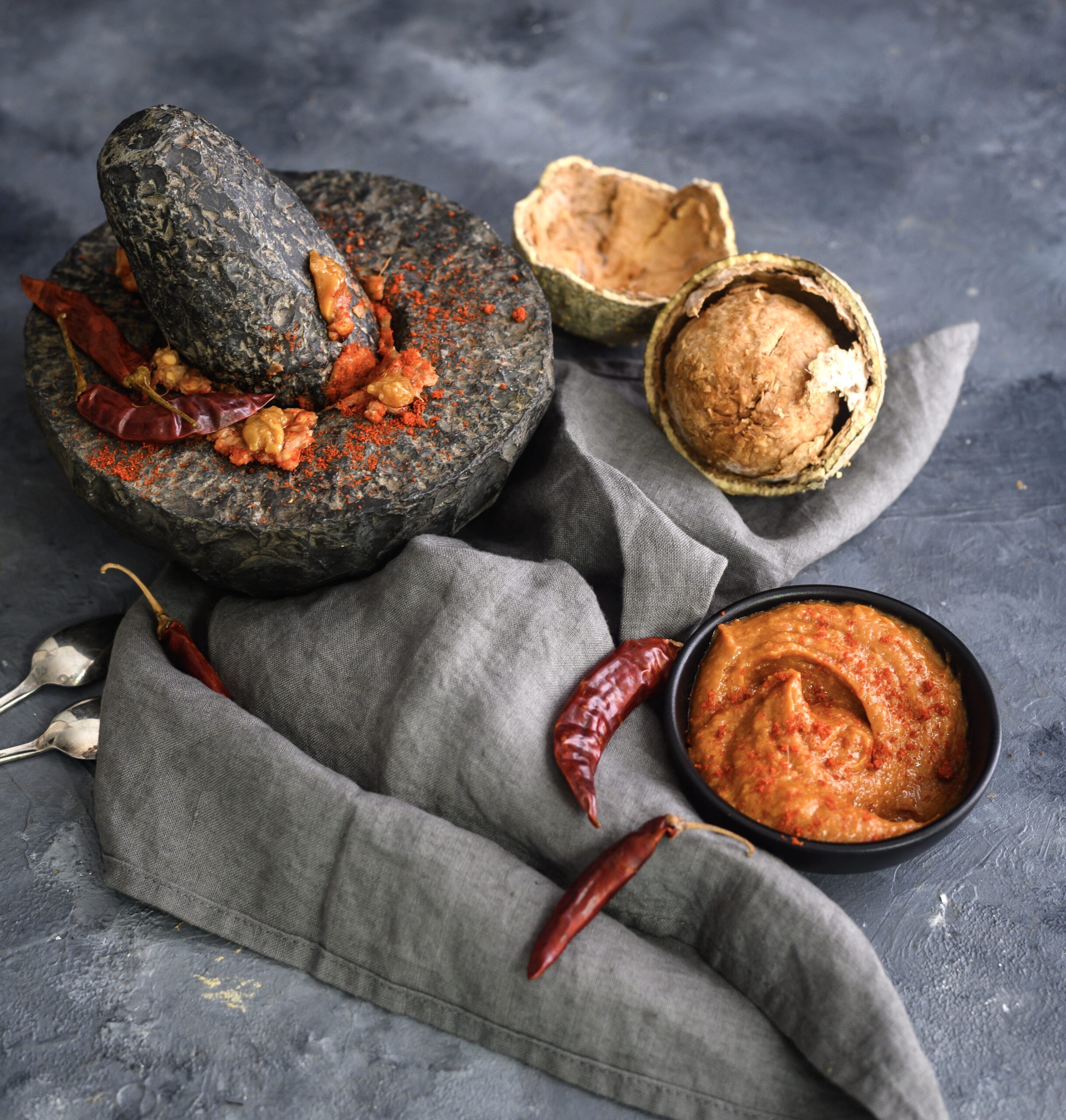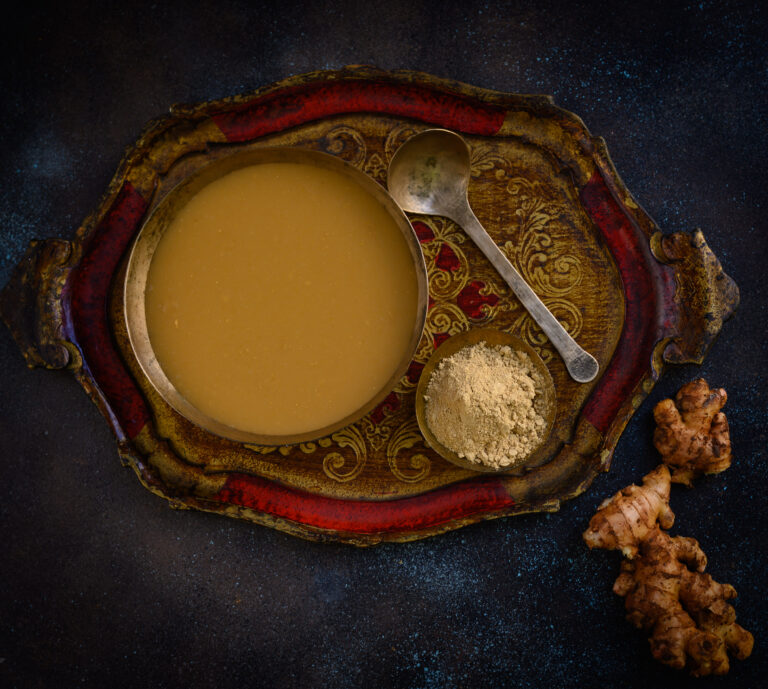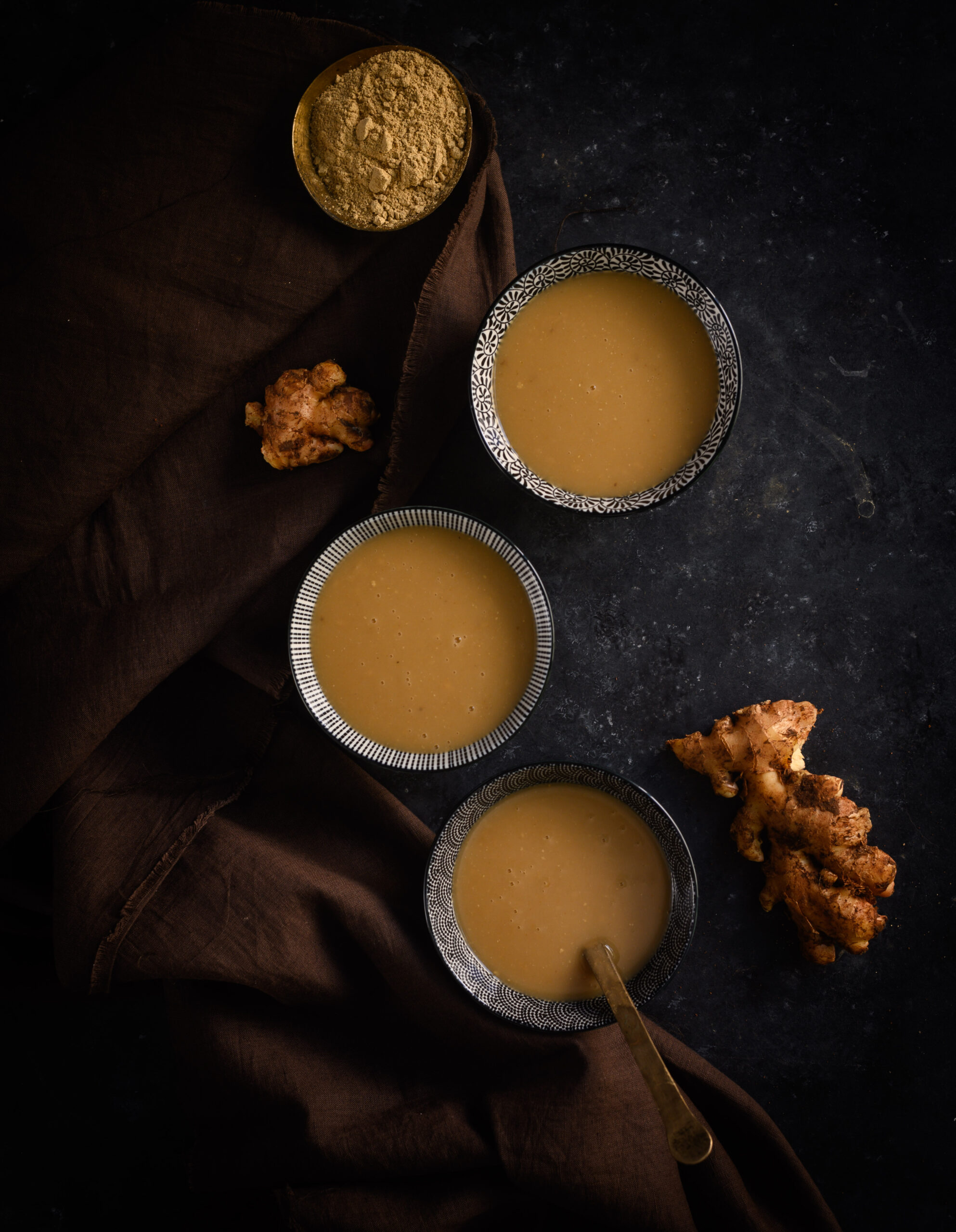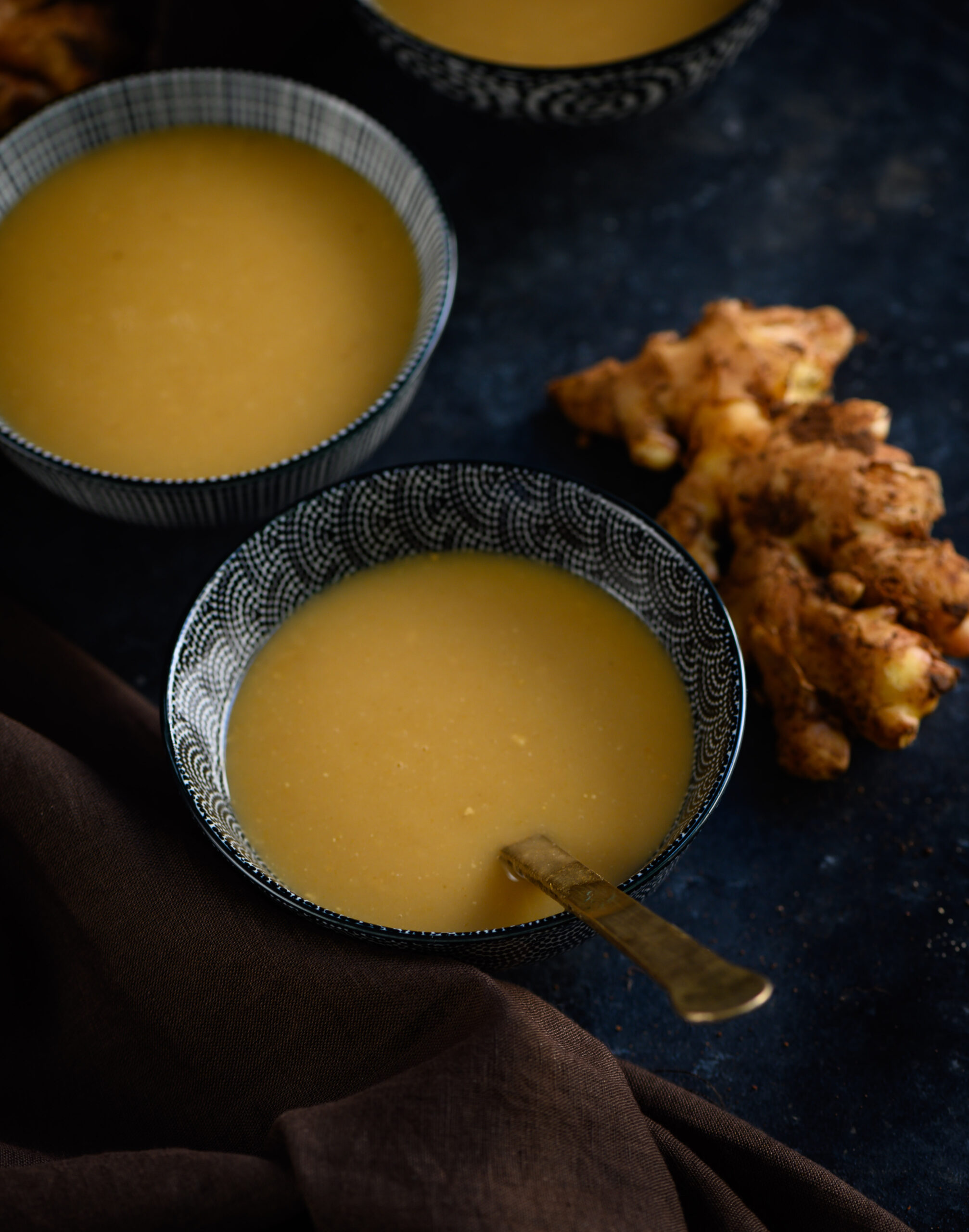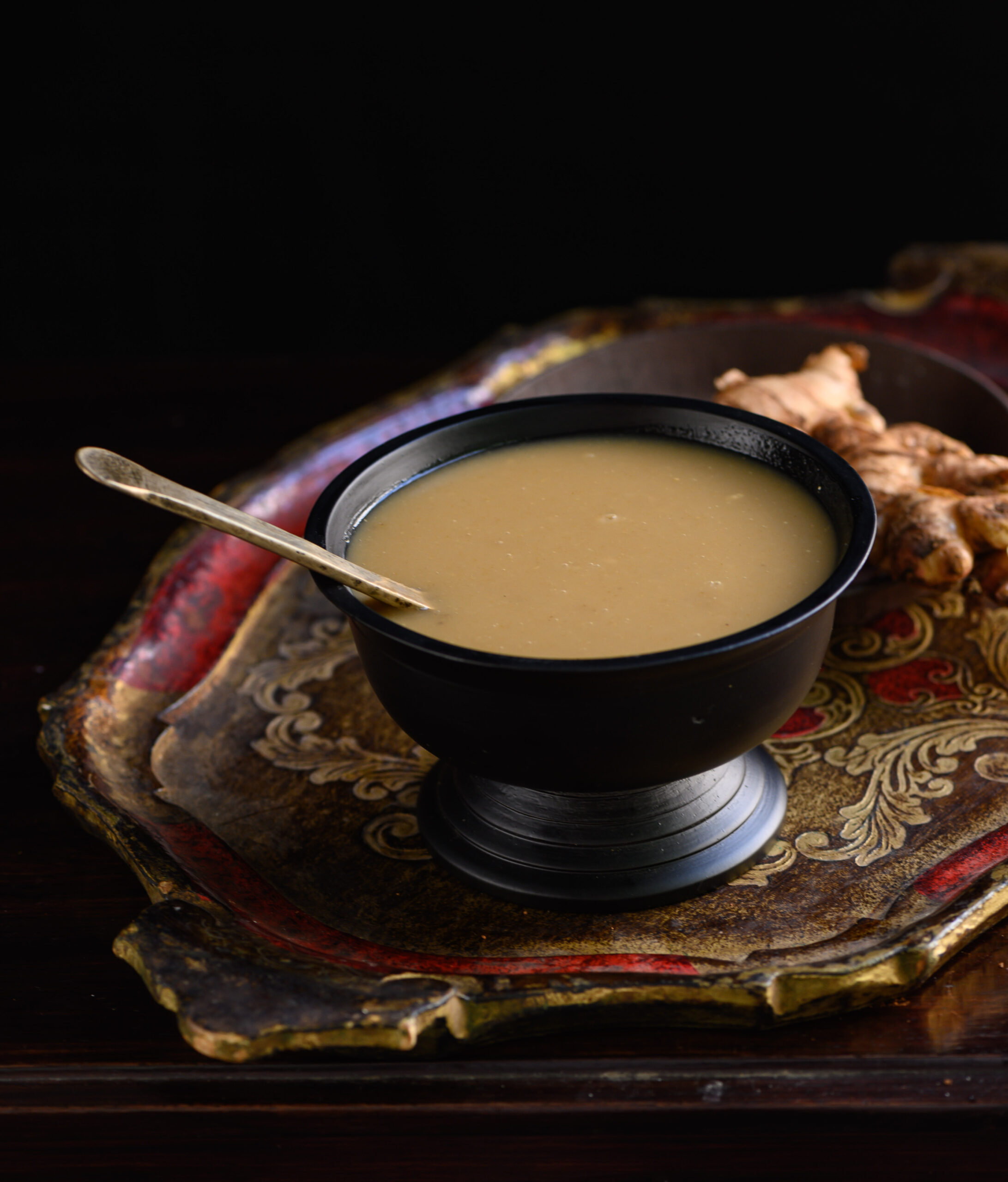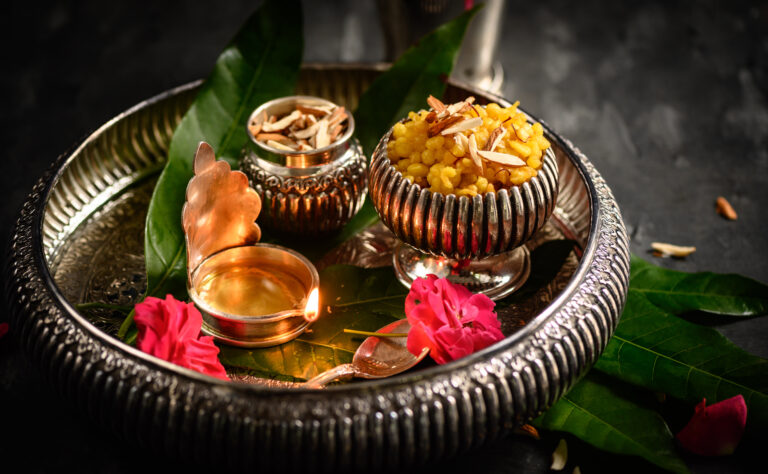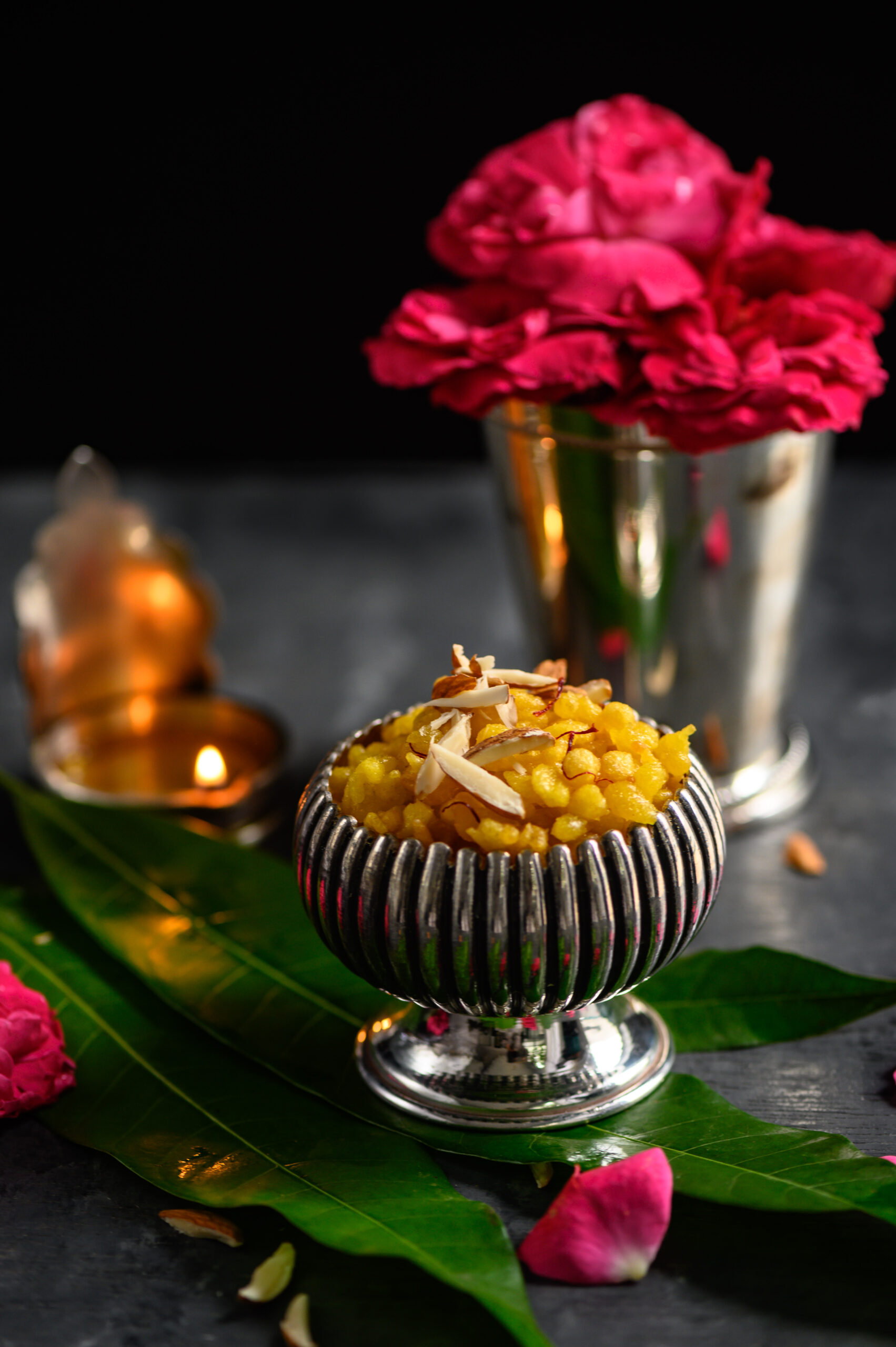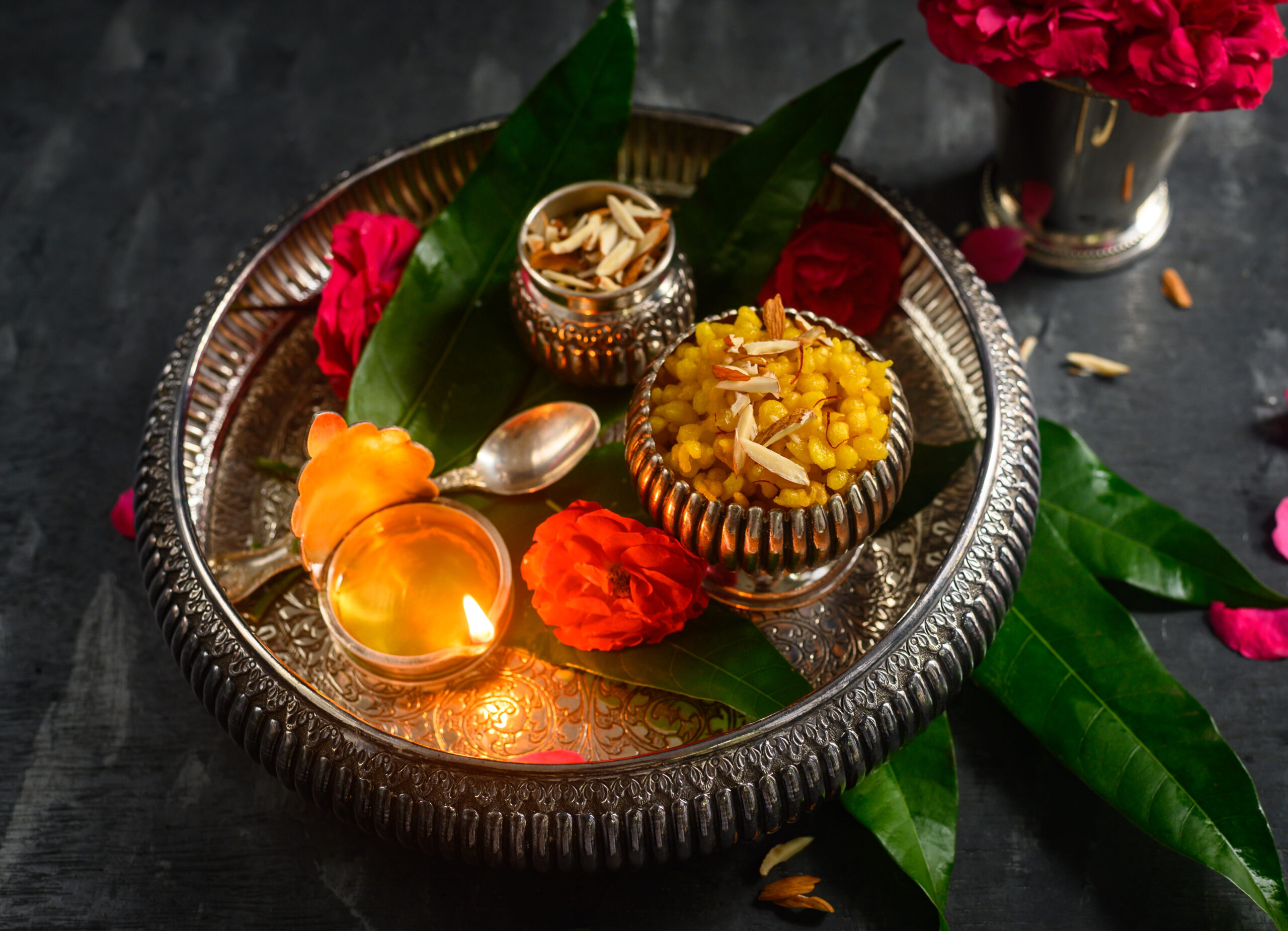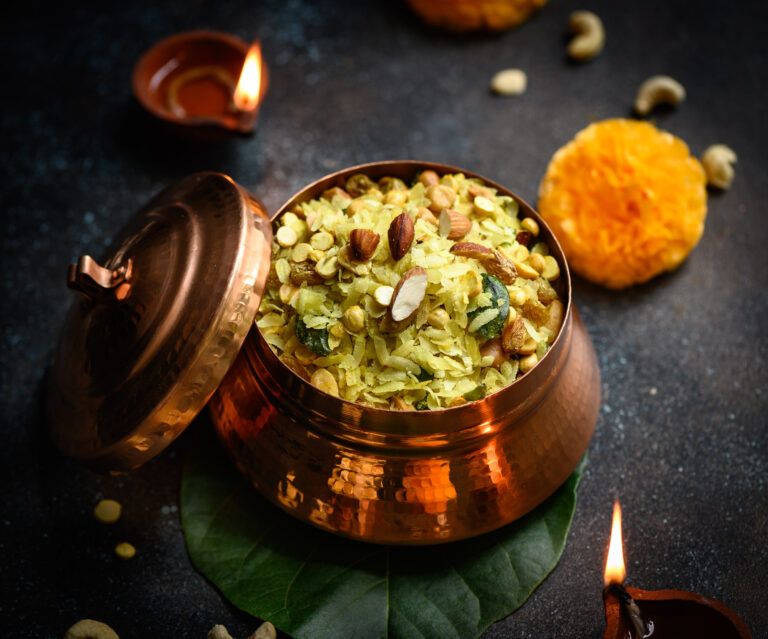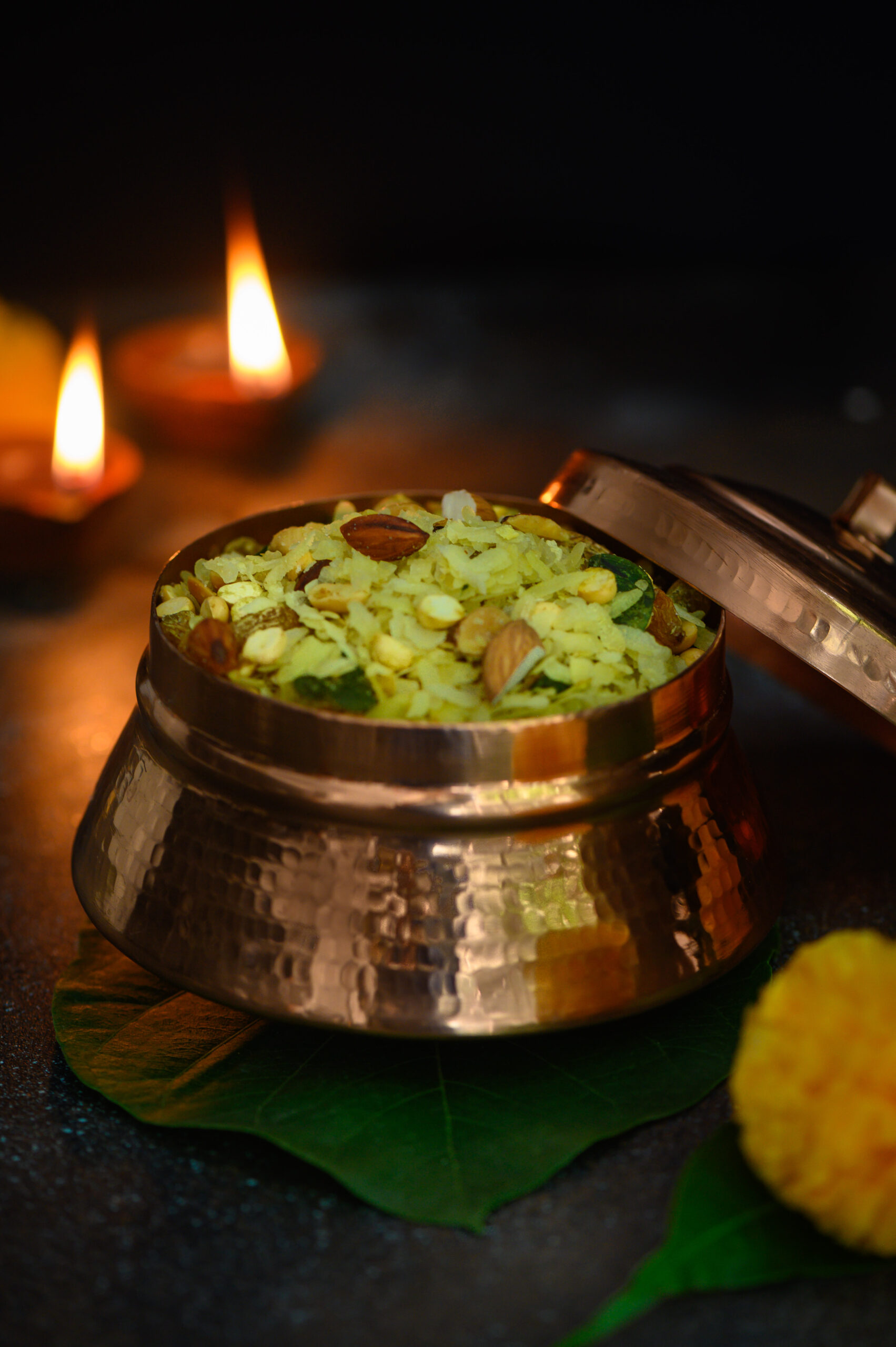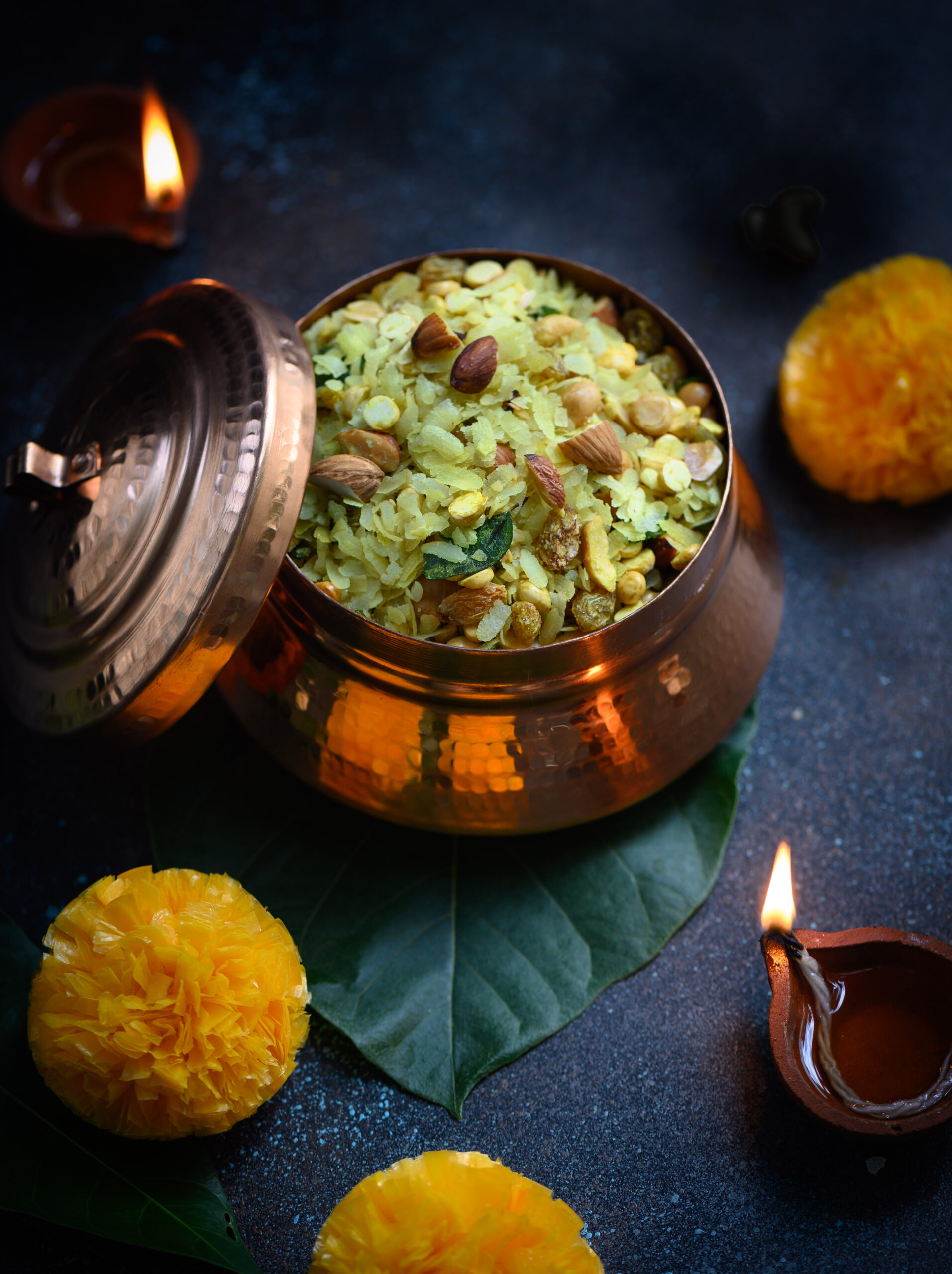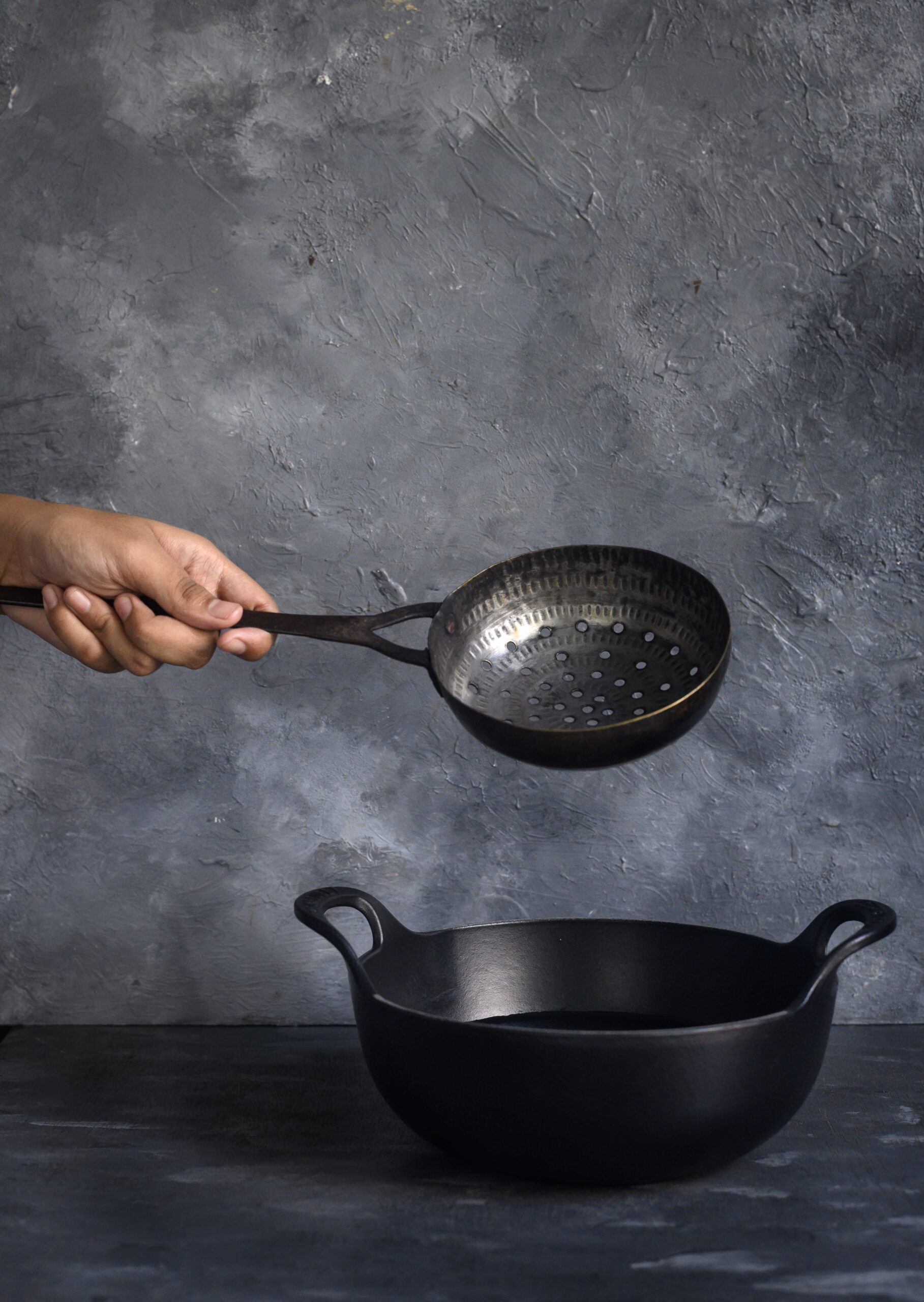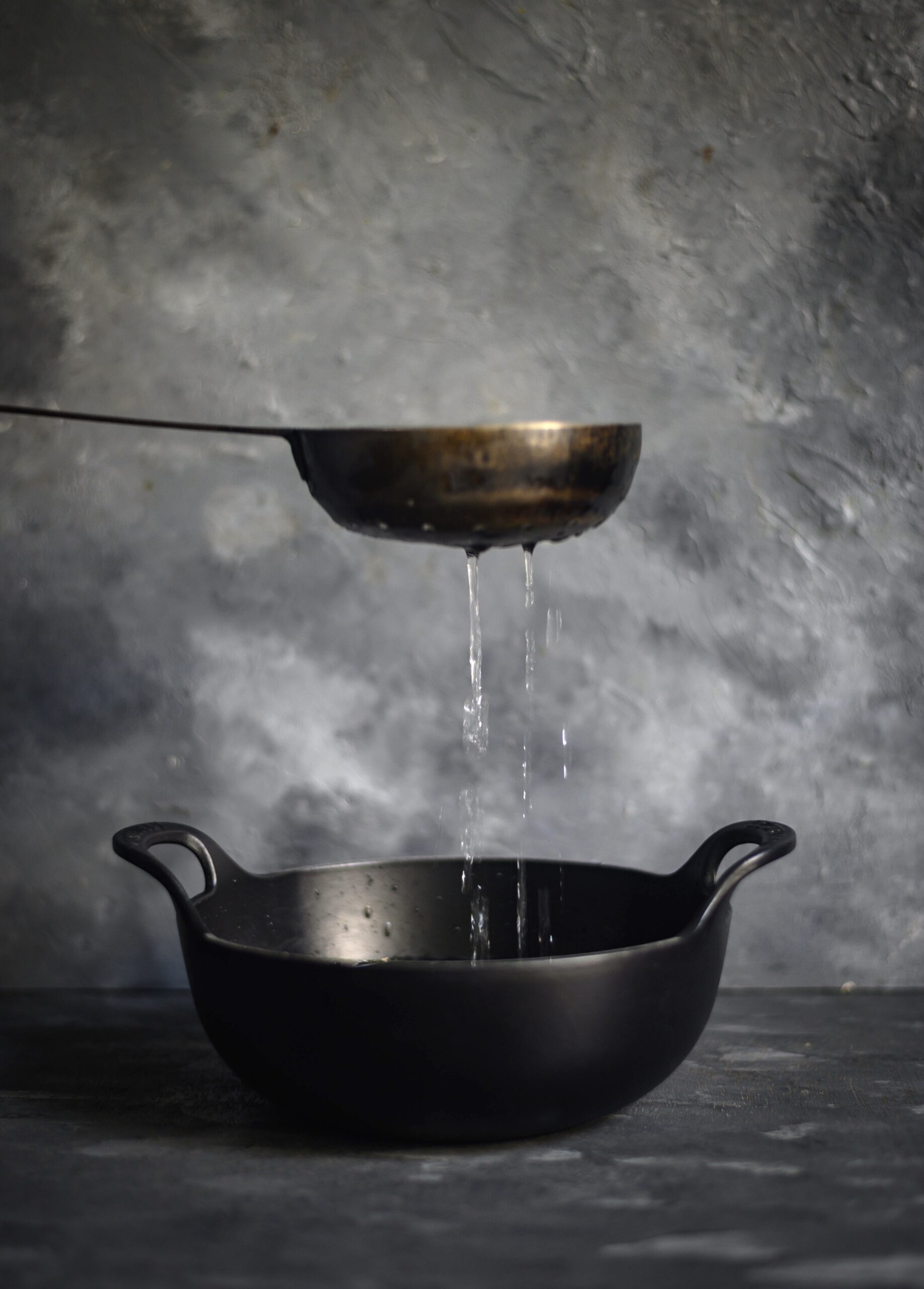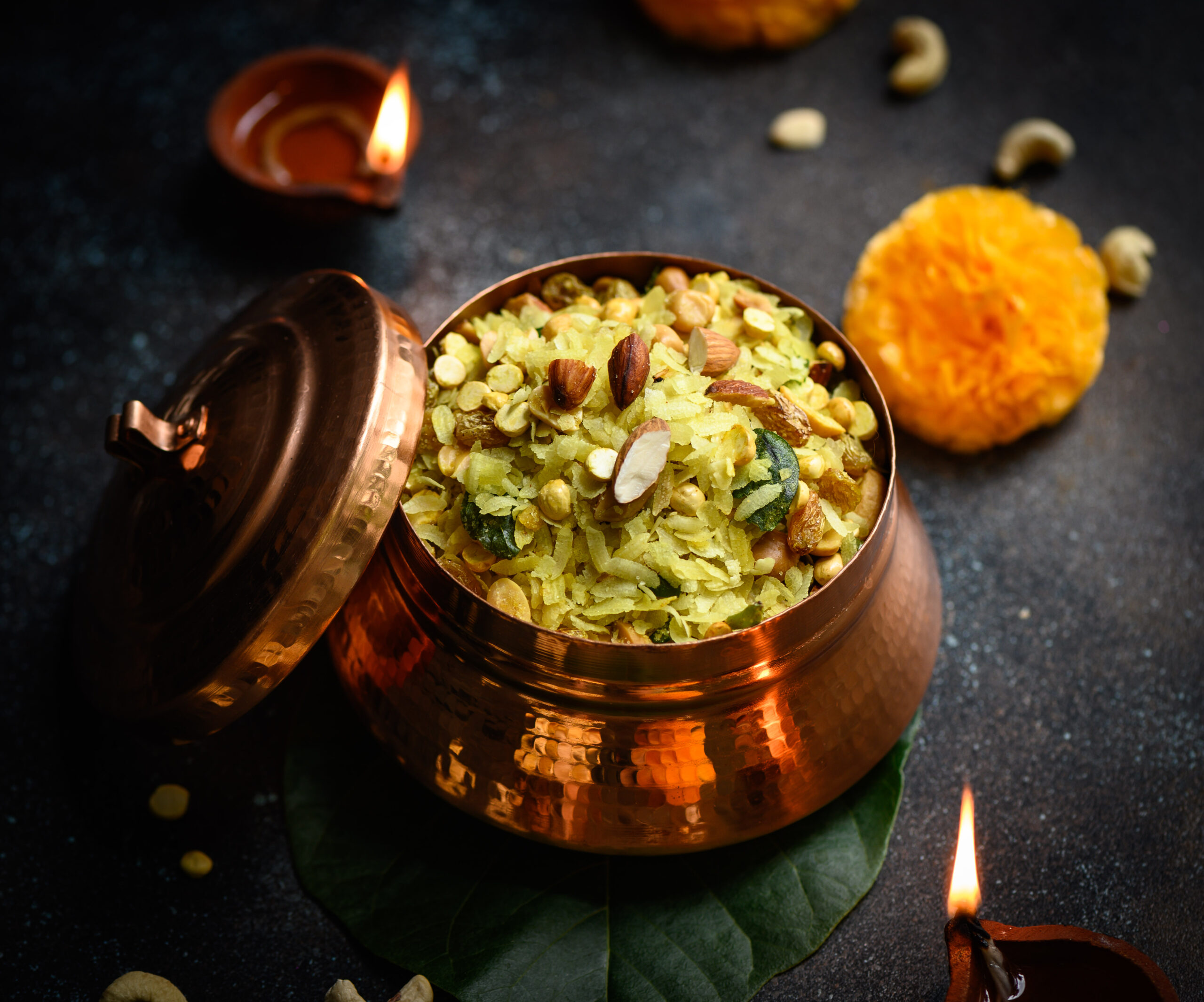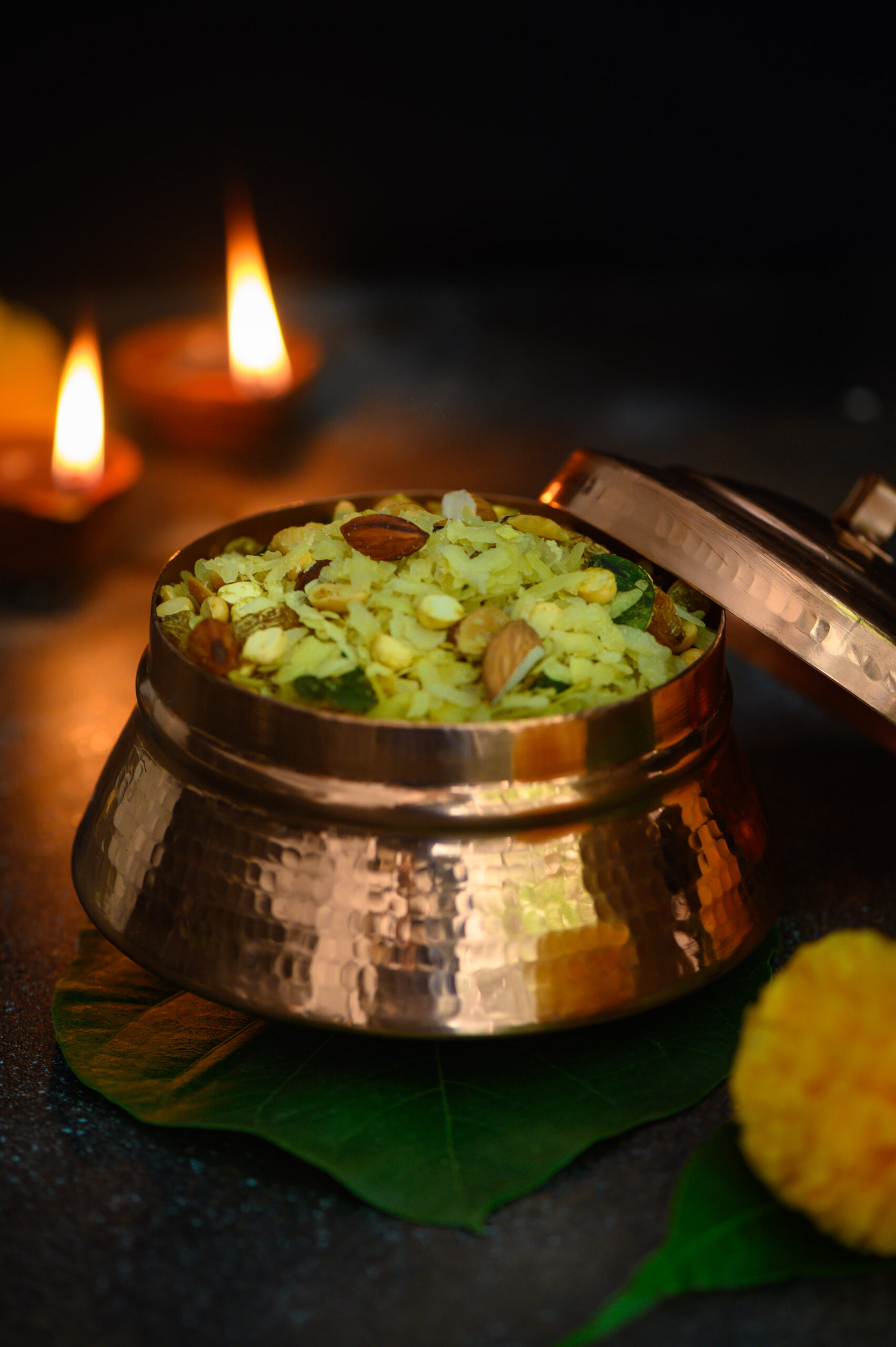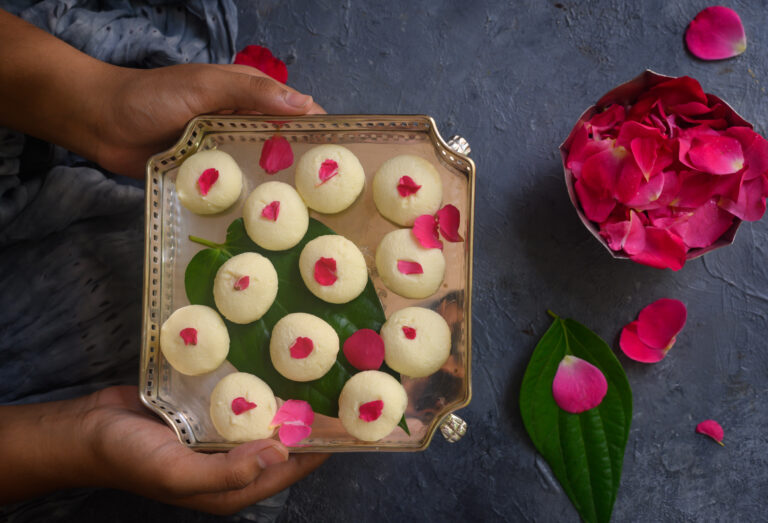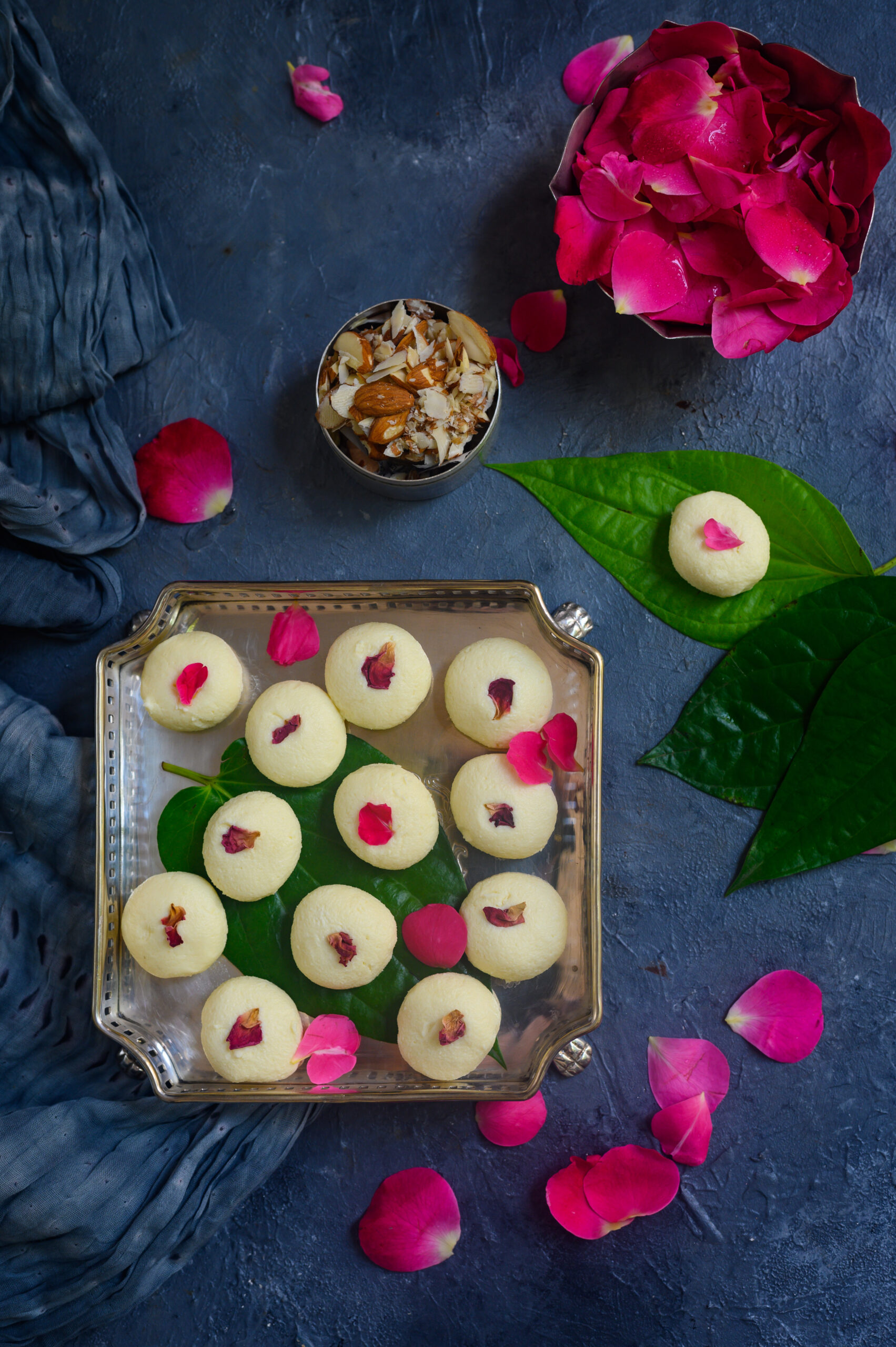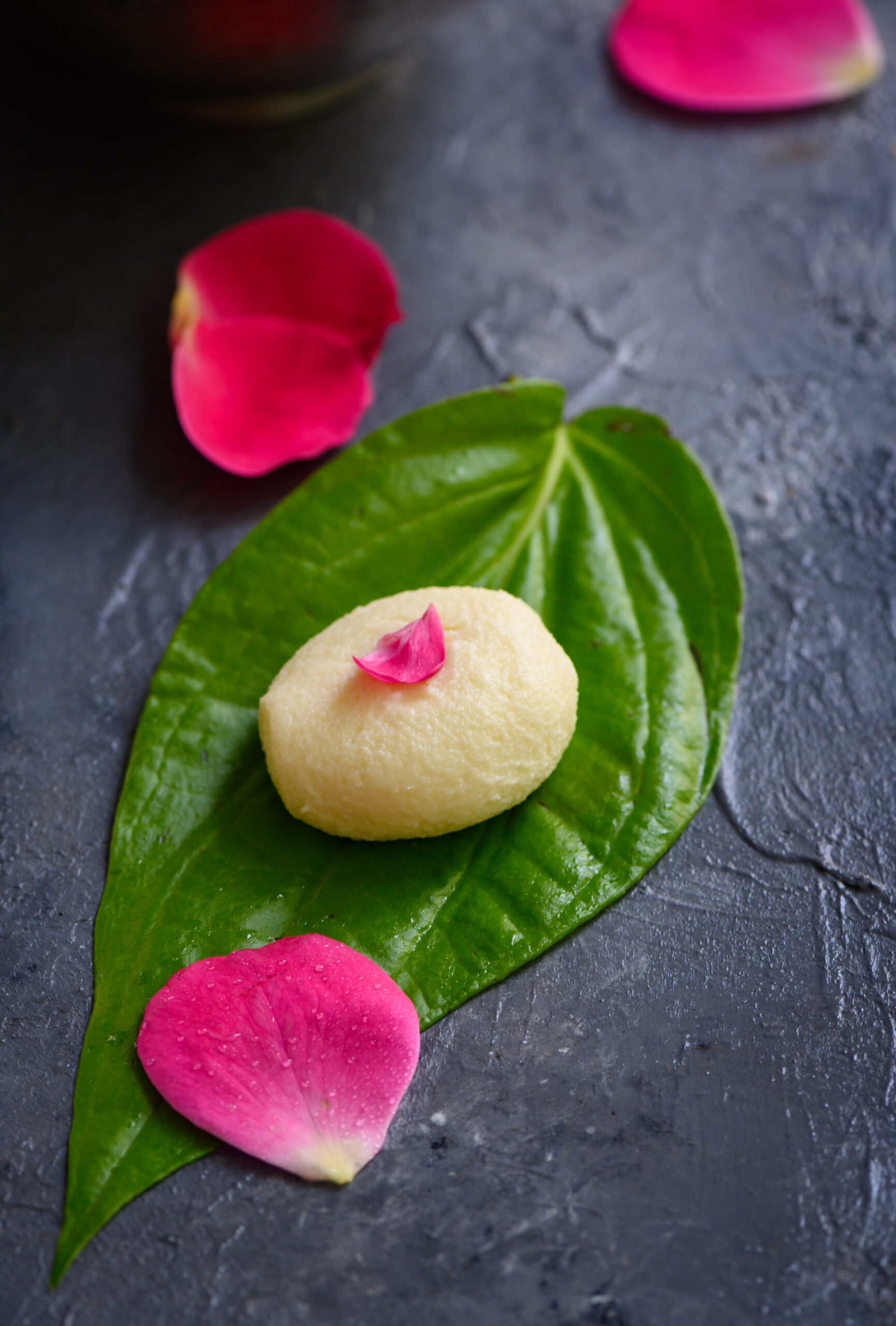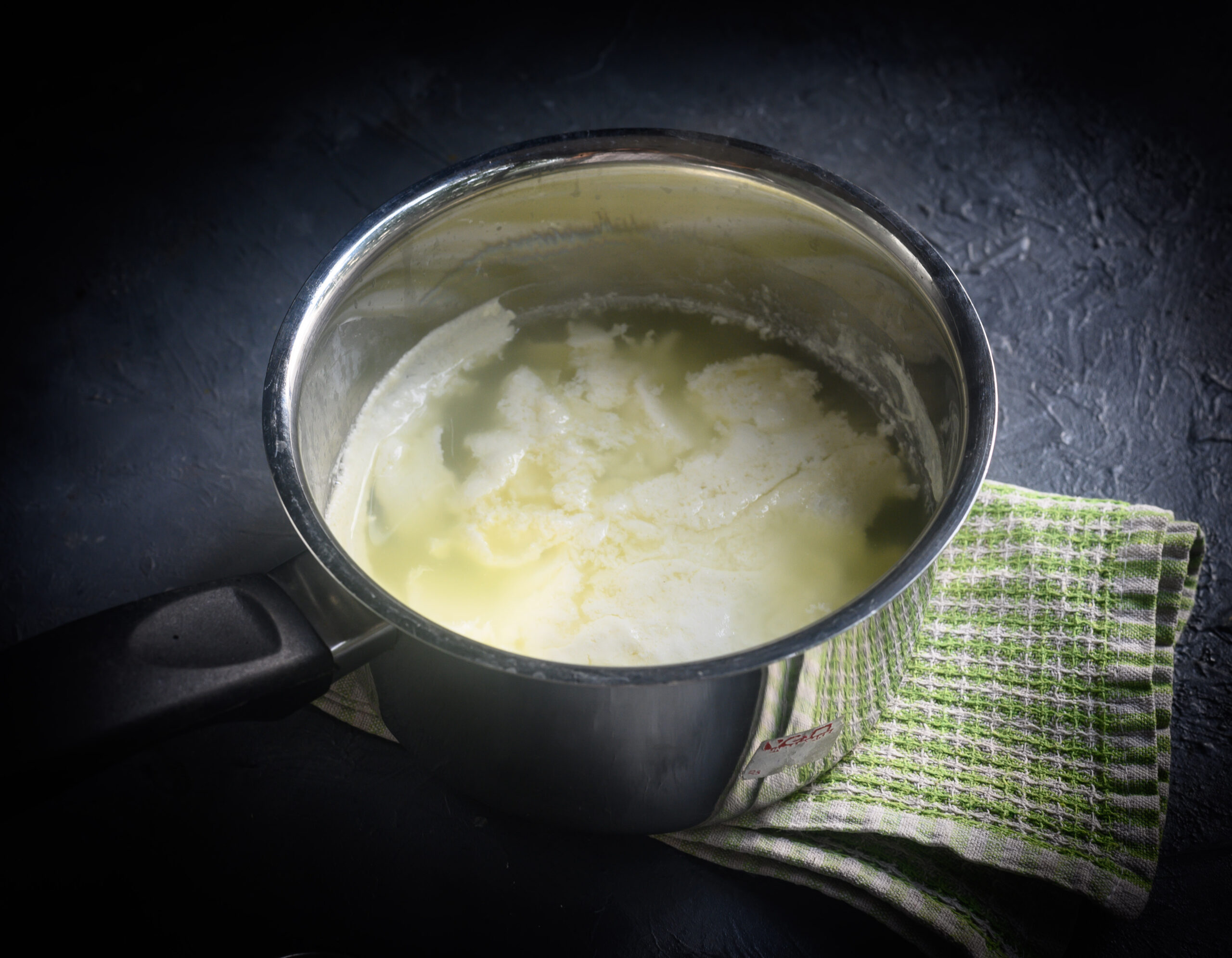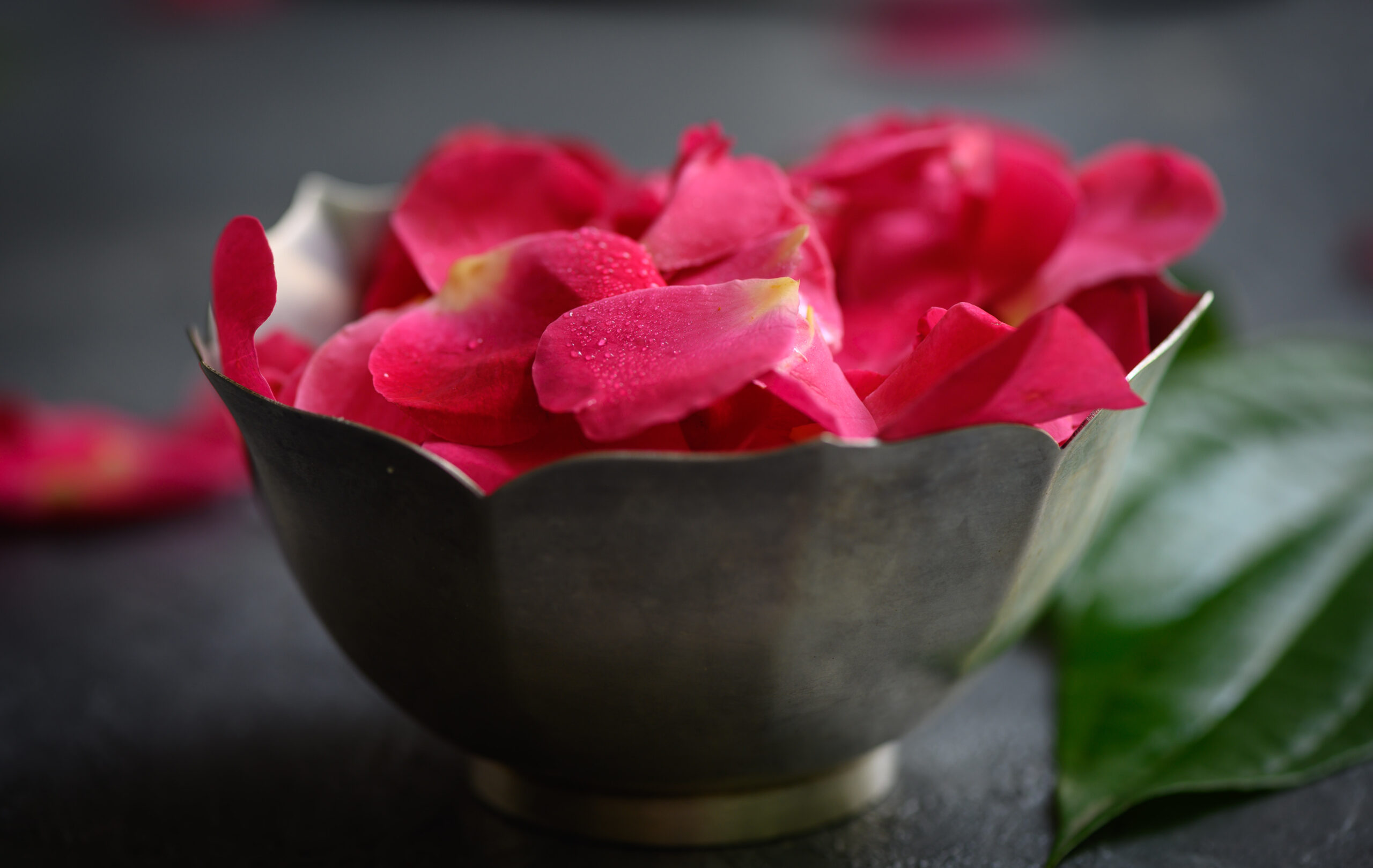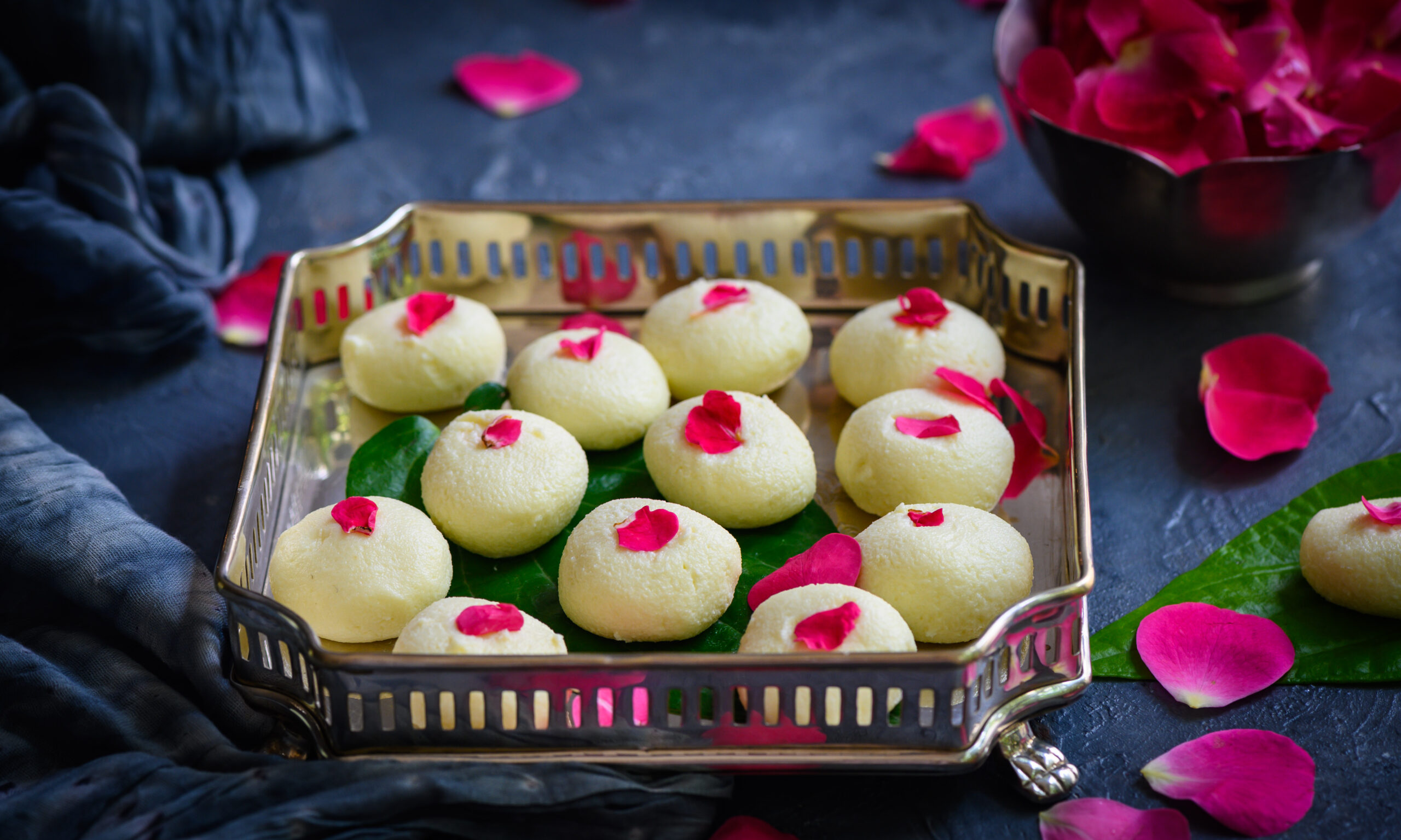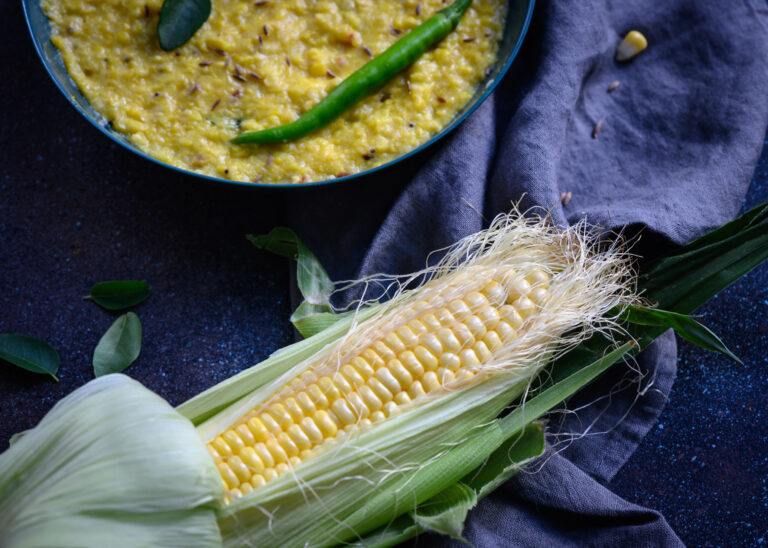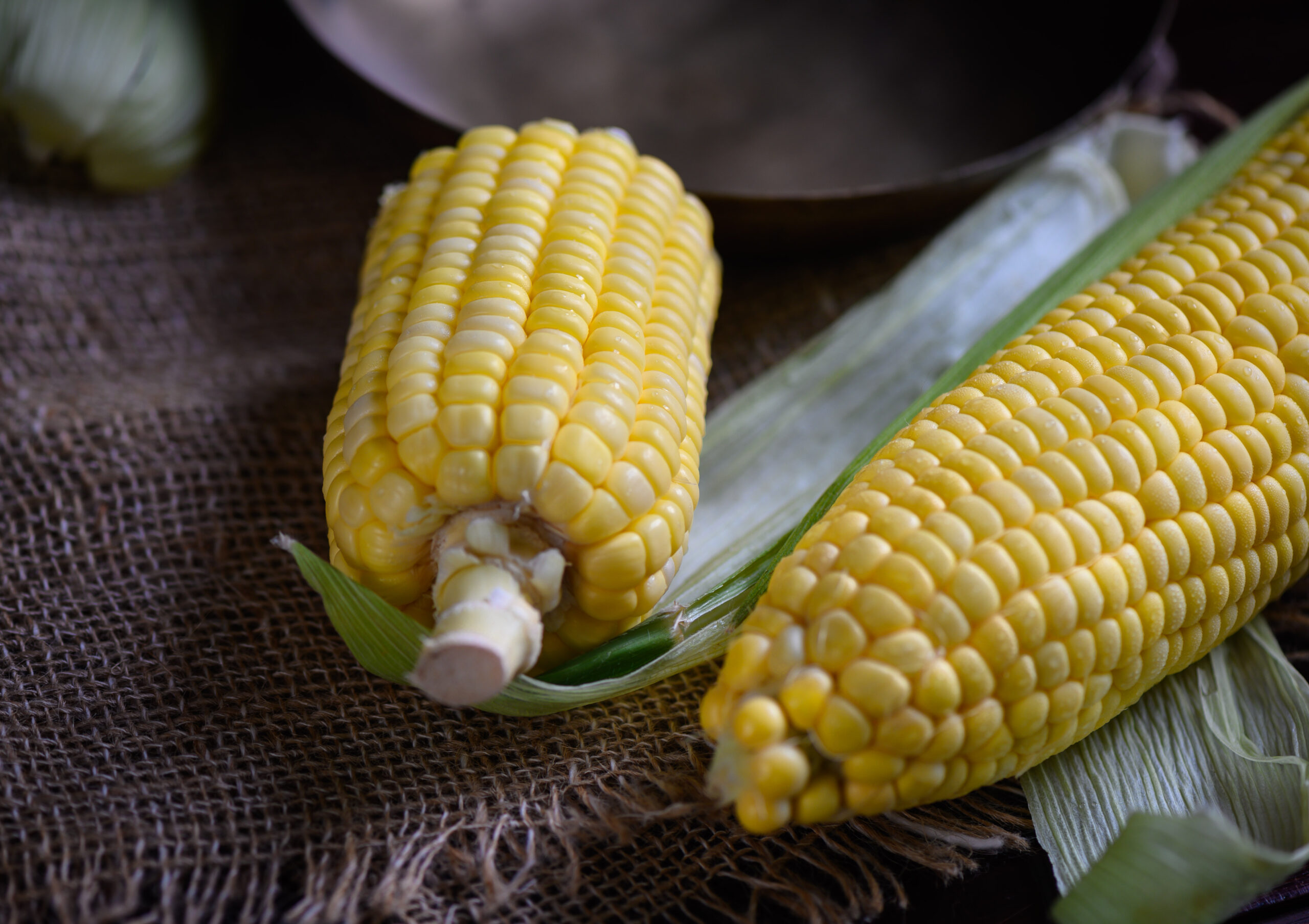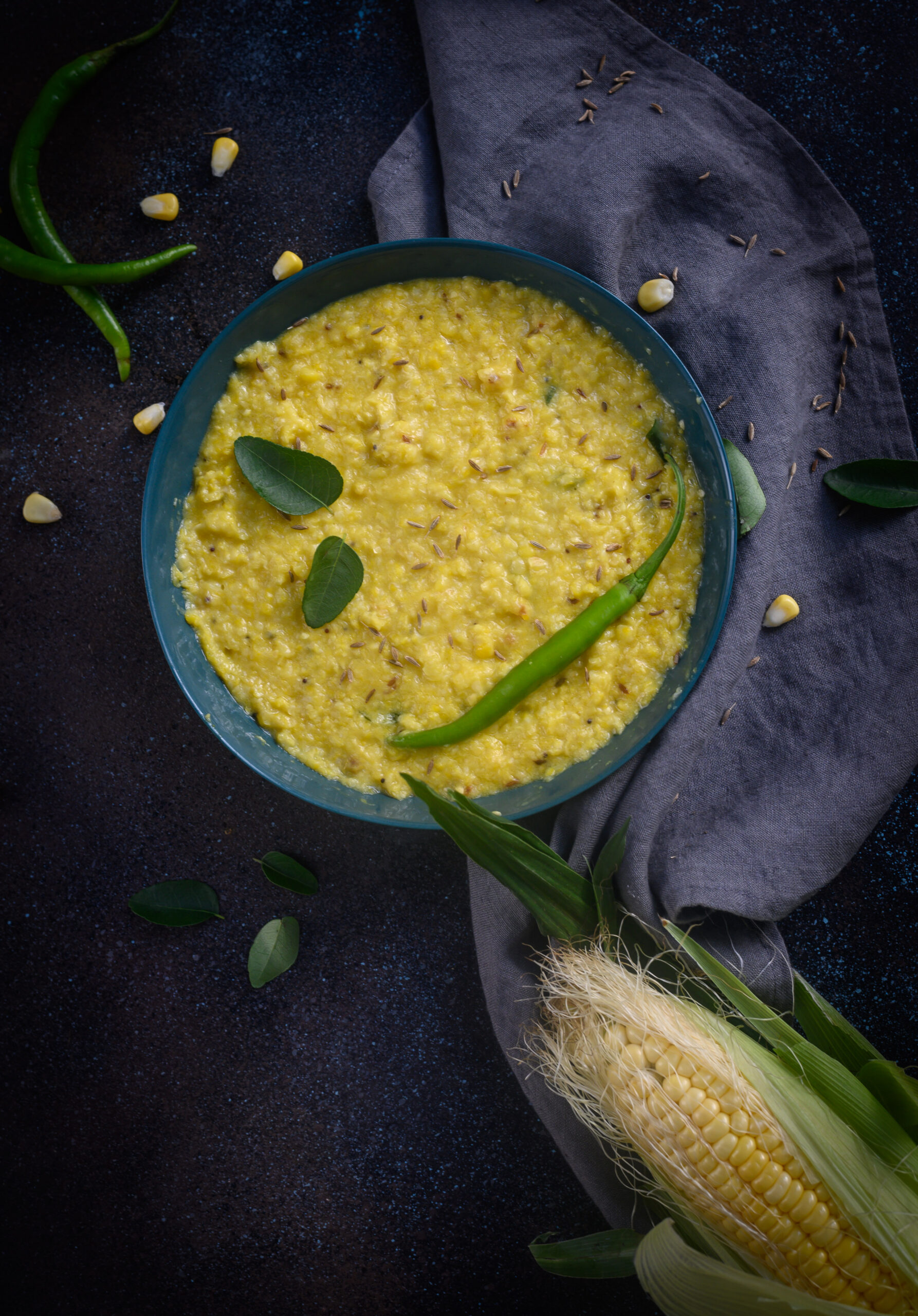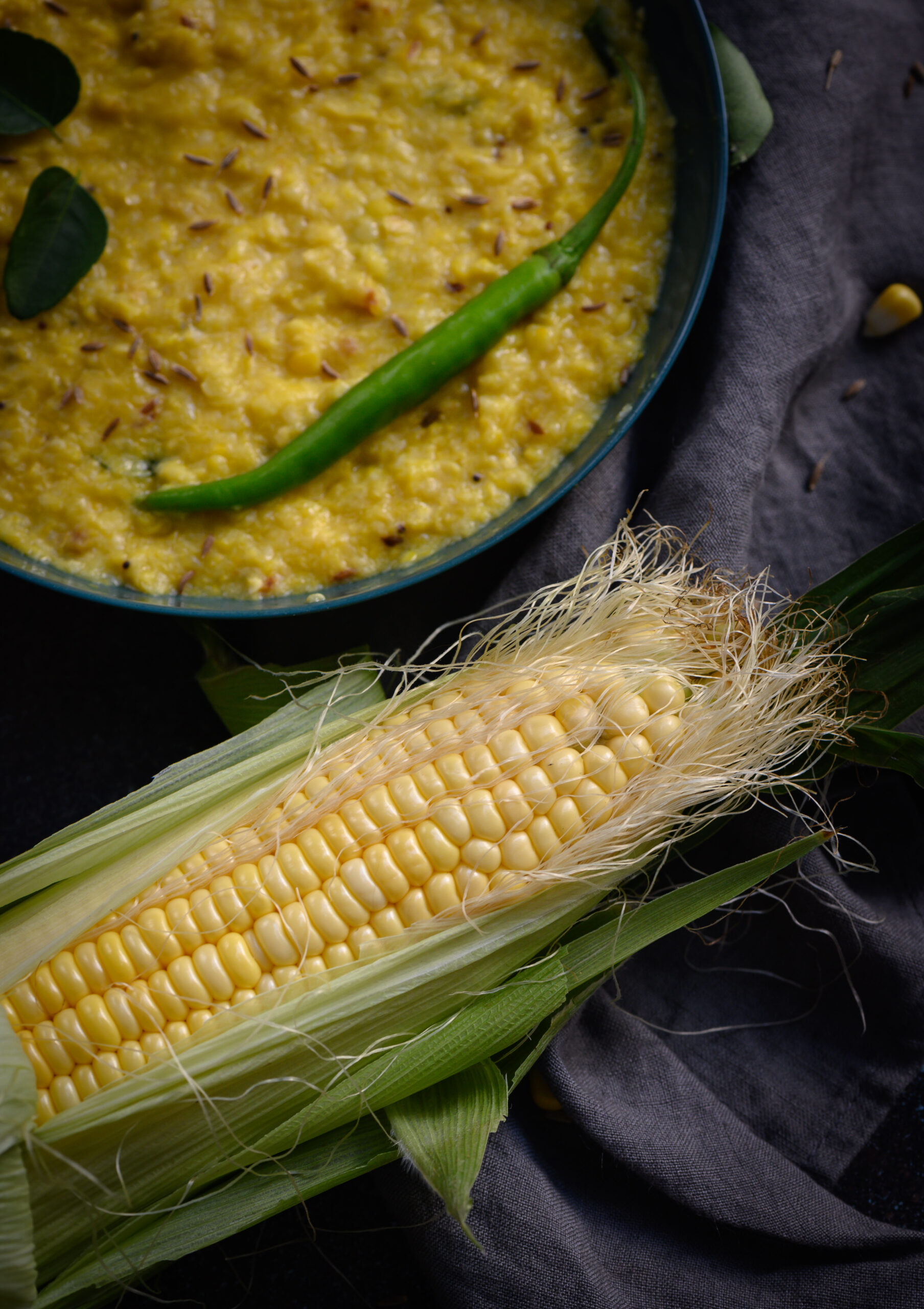Indians don’t have soups per se in our traditional cuisines, as far as I know. Instead, we have broths such as the thin South Indian rasam and the thick, sweet Gujarati raab. The rasam subsequently became known as mulligatawny soup in the West, but here it is eaten as a side dish, not an appetizer. In fact, that reminds me of how our staple dals are repackaged abroad and even in high-end restaurants here as “lentil soup”! In India, we have no such category as “soup”, but it goes to show how it’s all a matter of perspective. The soup, by any name, is really a universal dish, made with different, seasonal ingredients in cultures around the world.
For many of my generation, we were introduced to soups at clubs and restaurants. My own first memory of any soup was not Western at all, but Chinese (or rather, Indo-Chinese). While growing up, my friends and I would head to a restaurant called Nanking whenever we had something to celebrate. All of our birthdays would find us there, straight from classes in our school uniforms and pigtails, delighted to be spending our pocket money on a shared meal. The meal would invariably begin with an order of the delicious sweet corn soup for everyone at the table
The Nanking sweet corn soup was thickened with cornflour, loaded with MSG and had no more than a couple of kernels of corn floating in the white liquid but regardless it was always a special treat. It tasted fantastic to us, and till today reminds me of some of our fondest times growing up. When I think of it, I’m reminded of how much my kids say they miss their school canteen’s food! Perhaps the meals we share with our friends as we grow up simply create such vivid impressions on us that we associate them with the dishes themselves. What I would give to go back to Nanking, which has since closed down, and enjoy those memories all over again!
Nostalgia for Nanking drove me to the kitchen, to whip up my own version of sweet corn soup, or rather, a vegan whole corn and lemongrass soup. This recipe avoids the cornflour and the MSG and has some of those re:store twists in the form of aromatic lemongrass and spicy green chilli.
.

I enjoy the flavour of lemongrass and I think it livens up this soup very much. If you prefer not to use it, some good substitutes are coriander or a hint of mint. Corn has a strong flavour in itself, and my version of the soup is generous with it, so it needs to be balanced well. If you’re a fan of corn , you may also enjoy this makkai khichdi recipe that I shared recently. I use green chilli here for its spiciness, but you can try it with jalapeños too (they are also fast becoming a favourite of mine, and may find themselves in future recipes I’ll share).
Another way in which I’ve tried to recreate this nostalgic dish is with coconut milk. This not only gives it that distinctively South Indian essence, but also evokes many South East Asian delicacies. All in all, this corn and lemongrass soup is a satisfying, filling meal-in-a-bowl that reminds me of my teenage years and of some of my travels, thanks to the blend of flavours.
Speaking of traveling, I just returned from beautiful Colombia, where I heard about the 9-day fast observed by Catholics known as the ‘novena’. It reminded me so much of the 9-day Navaratri followed by Hindus and the 9-day Paryushan followed by the Jains, and got me thinking once again about how we are all so deeply connected. I wish we understood this instead of thinking along the lines of “This is mine, this is yours, my land, my country”, and other such divisions. The oneness and wholeness of humanity is a concept that cannot be lost; whether it be our festivals, our food or our sense of family, ultimately we are all the same and the more I travel, the more this concept is solidified.
Another thought that’s been on my mind a great deal is the famous Native American proverb that goes as follows: “When the last tree has been cut down, the last fish caught, the last river poisoned, only then will we realize that one cannot eat money.” It resonates so much right now. We should all be more aware of what we are doing and thinking. We should look not only at what we are creating, but also at what we are destroying in the process. These are some reflections that I’ve been having as we enter 2020. But first – how about a bowl of warm, crunchy, savoury soup?
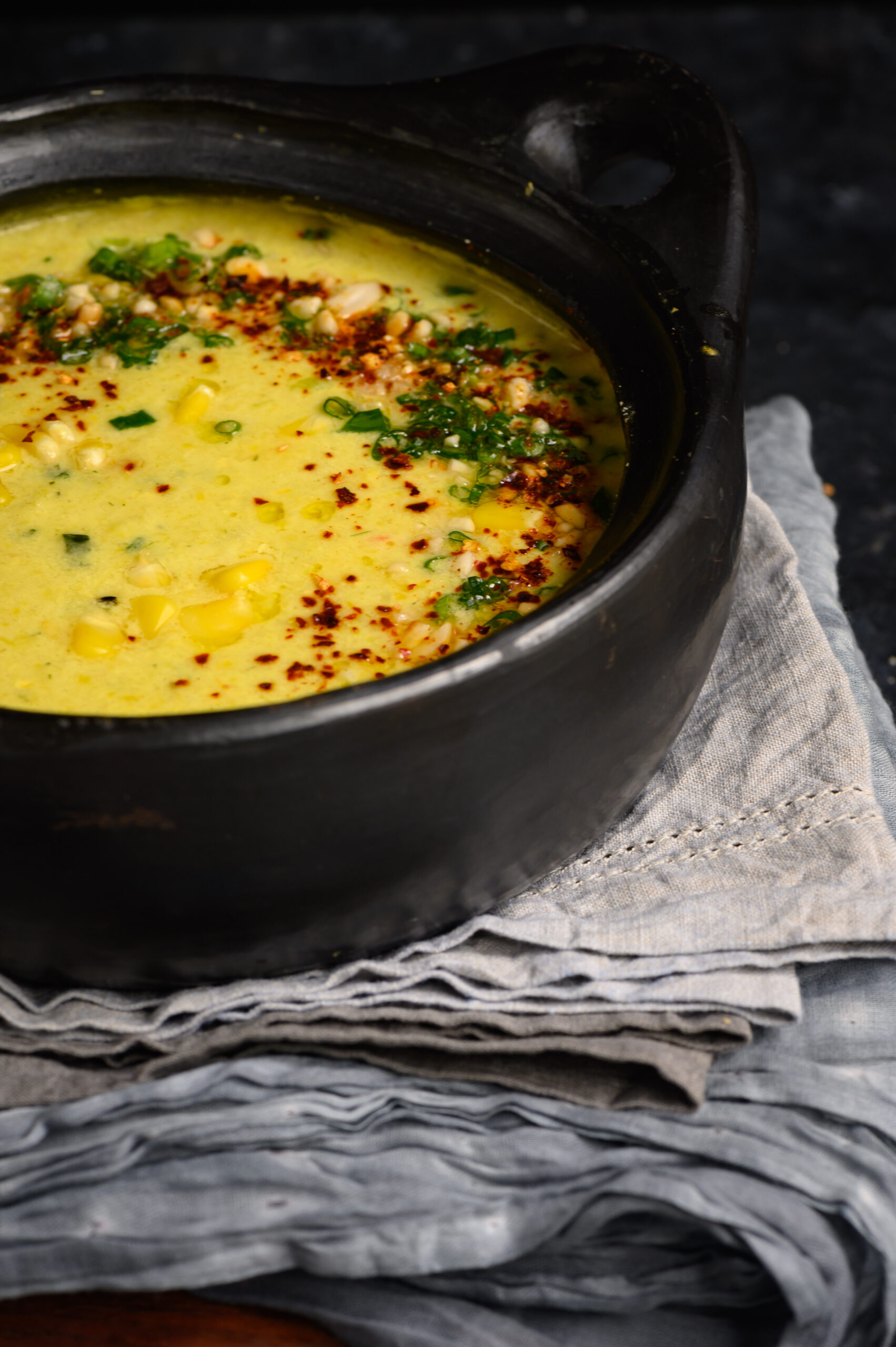
Vegan Whole Corn & Lemongrass Soup
(Yield: 6-8 cups)
2 cobs of corn
½ teaspoon grated ginger
2-3 lemongrass stems
2 tablespoons olive oil/ butter
2 cups vegetable stock
2 tablespoons spring onion
1 green chilli/jalapeño
1 cup coconut milk
Salt to taste
Garnish:
2 tablespoons peanuts
Finely chopped spring onion
Finely chopped coriander leaves
Red chili flakes
1 teaspoon olive oil
Grate the corn from the cobs and keep aside.
In a blender, process the lemongrass, ginger and green chilli using 2 tablespoons of water, until coarse.
In a separate pan, add the olive oil and sauté the onions for a few minutes until they are tender. Now, add the grated corn along with its juices. I like to bite into pieces of corn, so in addition to the grated kernels I kept aside a ½ cup of whole kernels, which I add at this point as well. You may do so if you enjoy the texture of corn like I do. Once the mixture turns soft and tender, add the warm vegetable stock and then add the strained juices from the blender.
Gently simmer until the flavours all become one. Add salt to taste. Finally, add the coconut milk. Once heated, remove the pan from the flame.
For the garnish, warm the olive oil gently and stir the remaining ingredients in it.
Spoon the soup into bowls and add the garnish, topping with a spoonful just before serving.
What I do quite frequently nowadays is to make a large quantity of the soup during the day, and whoever wants some just warms up a portion for themselves at any time, just as I do when I find myself hungry for dinner by 6pm or 7pm. I’ve found that it keeps well for up to a couple of days.

In these photos, you may notice the beautiful bowls I’ve used to serve my soup in. I’m always looking for props for my photo and utensils for my kitchen, and when I discovered that blackened earthenware is made in Colombia, I just had to pick some up. I wish I could have carried an entire dinner set back with me from across the continents, but perhaps having to bring these treasures item by item will just mean more visits to that amazing place…
You may also be wondering whether starting the year off on a soup, when so many of us would have set health-related resolutions, was intentional. Actually, it was not. I feel we should eat mindfully all year round, and that we should see nutritious dishes as being a natural part of our diets, not an obligation. This beautiful vegan whole corn and lemongrass soup is exactly the kind of dish that fits into such a repertoire. It’s loaded with healthy ingredients, from corn to nuts and more, and tastes so very delicious. I’d love to know what you think of it if you give this recipe a try!
